

| Home page - Minerals | Friends of Minerals Forum | Feedback Form | Search |
|
| Back to the Index of the Reference Specimens |
Photos by Fabre Minerals. Under Creative Commons license
This page provides a selection of the specimensthat were in the Folch Collection that have passed through the Fabre Minerals website and, due to their quality,
rarity, or significance as specimens from interesting locations, have been preserved as reference specimens in #MVM
We hope that you enjoy your visit, even if it is just to see this page!
|
|
| USA |
| Epidote with Quartz | |||||
|---|---|---|---|---|---|
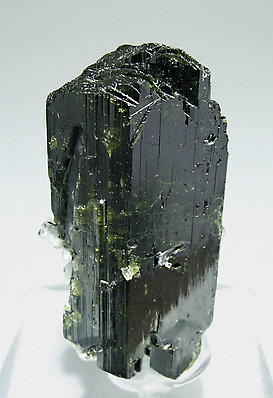 |
| ||||
| Epidote with Quartz | ||||||||
|---|---|---|---|---|---|---|---|---|
|
|
|||||||
| Copper | |||||||||
|---|---|---|---|---|---|---|---|---|---|
|
|
||||||||
| Ajoite with Shattuckite | |||||||||
|---|---|---|---|---|---|---|---|---|---|
|
| ||||||||
| Ajoite and Plancheite | |||||||||
|---|---|---|---|---|---|---|---|---|---|
|
|
||||||||
| Cuprite (variety chalcotrichite) with Copper | |||||||||
|---|---|---|---|---|---|---|---|---|---|
|
| ||||||||
| Cuprite with Copper | |||||
|---|---|---|---|---|---|
| 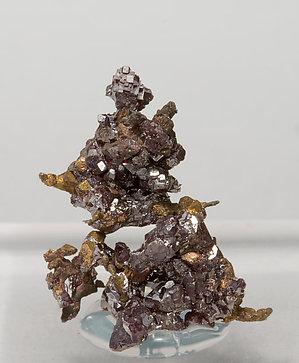 |
||||
| Cuprite with Copper | |||||||||
|---|---|---|---|---|---|---|---|---|---|
|
| ||||||||
| Cuprite with Copper | |||||||||
|---|---|---|---|---|---|---|---|---|---|
|
|
||||||||
| Cuprite | |||||||||
|---|---|---|---|---|---|---|---|---|---|
|
| ||||||||
| Cuprite (variety chalcotrichite) with Copper | |||||||||
|---|---|---|---|---|---|---|---|---|---|
|
|
||||||||
| Cuprite (Chalcotrichite) with Copper | |||||||||
|---|---|---|---|---|---|---|---|---|---|
|
| ||||||||
| Cuprite (Chalcotrichite) with Copper | |||||||||
|---|---|---|---|---|---|---|---|---|---|
|
|
||||||||
| Copper | |||||||||
|---|---|---|---|---|---|---|---|---|---|
|
| ||||||||
| Copper | |||||
|---|---|---|---|---|---|
| 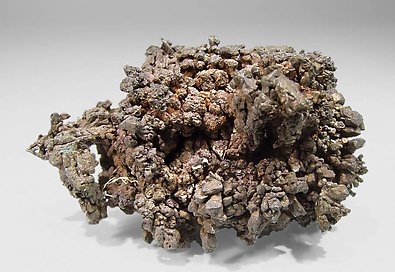 |
||||
| Copper with Cuprite | ||||||||
|---|---|---|---|---|---|---|---|---|
|
| |||||||
| Cuprite with Copper | |||||||||
|---|---|---|---|---|---|---|---|---|---|
|
|
||||||||
| Calcite with Brochantite | |||||
|---|---|---|---|---|---|
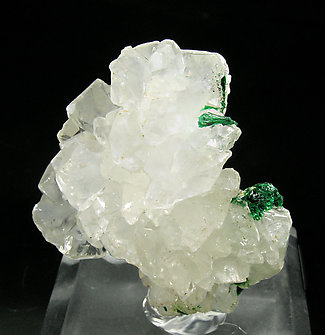 |
| ||||
| Wulfenite with Mimetite | |||||||||
|---|---|---|---|---|---|---|---|---|---|
|
|
||||||||
| Wulfenite with Mimetite | |||||||||
|---|---|---|---|---|---|---|---|---|---|
|
| ||||||||
| Dioptase with Wulfenite | ||||||||
|---|---|---|---|---|---|---|---|---|
|
|
|||||||
| Wulfenite | |||||
|---|---|---|---|---|---|
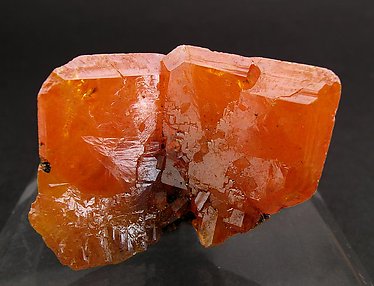 |
| ||||
| Twinned Rutile | |||||
|---|---|---|---|---|---|
| 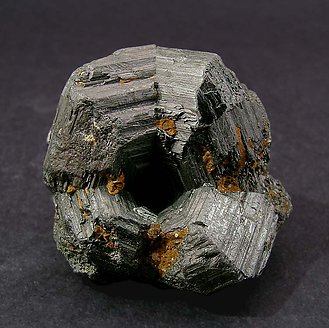 |
||||
| Linarite | |||||||||
|---|---|---|---|---|---|---|---|---|---|
|
| ||||||||
| Caledonite with Linarite | |||||||||
|---|---|---|---|---|---|---|---|---|---|
|
|
||||||||
| Elbaite | |||||||||
|---|---|---|---|---|---|---|---|---|---|
|
| ||||||||
| Elbaite (variety rubellite) with Quartz | |||||
|---|---|---|---|---|---|
| 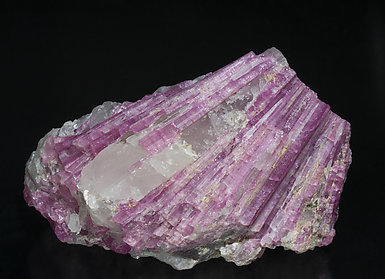 |
||||
| Spodumene (variety kunzite) | |||||||||
|---|---|---|---|---|---|---|---|---|---|
|
| ||||||||
| Spodumene (variety kunzite) | |||||||||
|---|---|---|---|---|---|---|---|---|---|
|
|
||||||||
| Spodumene (variety kunzite) | |||||||||
|---|---|---|---|---|---|---|---|---|---|
|
| ||||||||
| Rutile | |||||
|---|---|---|---|---|---|
| 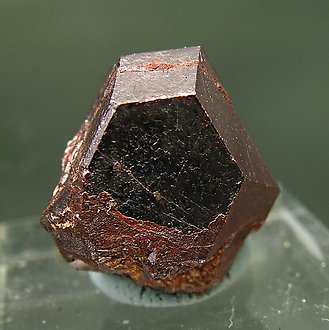 |
||||
| Rutile | |||||
|---|---|---|---|---|---|
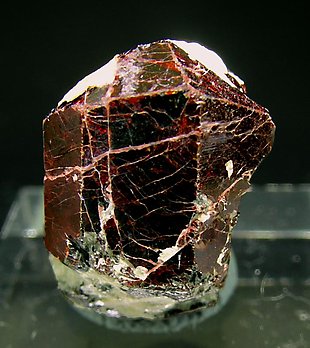 |
| ||||
| Inesite | ||||||||
|---|---|---|---|---|---|---|---|---|
|
|
|||||||
| Andradite | |||||
|---|---|---|---|---|---|
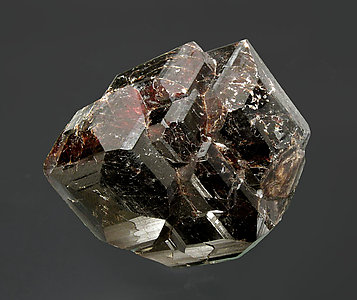 |
| ||||
| Cristobalite with Tridymite and Fayalite on Obsidian | |||||||||
|---|---|---|---|---|---|---|---|---|---|
|
|
||||||||
| Axinite-(Fe) with Amphibole | |||||||||
|---|---|---|---|---|---|---|---|---|---|
|
| ||||||||
| Lawsonite | |||||
|---|---|---|---|---|---|
| 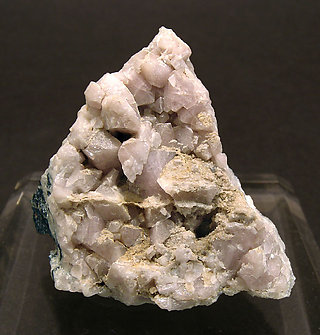 |
||||
| Artinite | |||||||||
|---|---|---|---|---|---|---|---|---|---|
|
| ||||||||
| Pyrite | |||||||||
|---|---|---|---|---|---|---|---|---|---|
|
|
||||||||
| Rhodochrosite with Quartz | |||||
|---|---|---|---|---|---|
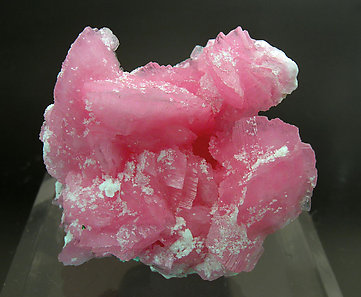 |
| ||||
| Rhodochrosite with Quartz | |||||
|---|---|---|---|---|---|
| 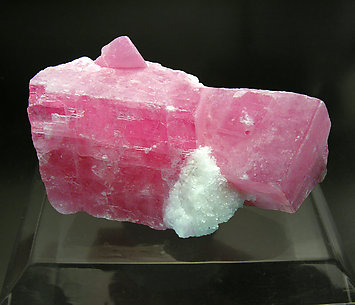 |
||||
| Rhodochrosite on Quartz | ||||||||
|---|---|---|---|---|---|---|---|---|
|
| |||||||
| Hübnerite | |||||||||
|---|---|---|---|---|---|---|---|---|---|
|
|
||||||||
| Hübnerite with Quartz | ||||||||
|---|---|---|---|---|---|---|---|---|
|
| |||||||
| Microcline (variety amazonite) | |||||||||
|---|---|---|---|---|---|---|---|---|---|
|
|
||||||||
| Microcline (variety amazonite) "whitecap" | ||||||||
|---|---|---|---|---|---|---|---|---|
|
| |||||||
| Topaz | |||||
|---|---|---|---|---|---|
| 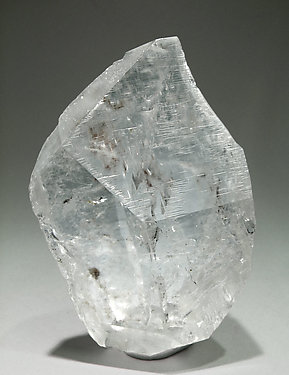 |
||||
| Hummerite | |||||
|---|---|---|---|---|---|
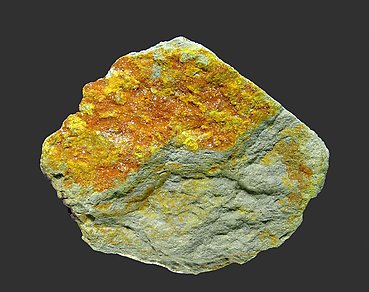 |
| ||||
| Grossular with Calcite | |||||
|---|---|---|---|---|---|
| 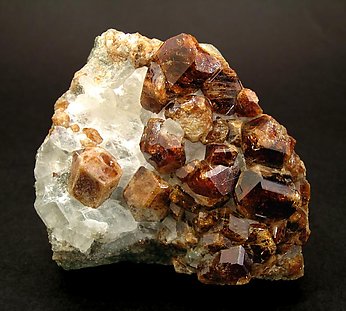 |
||||
| Beryllonite | |||||
|---|---|---|---|---|---|
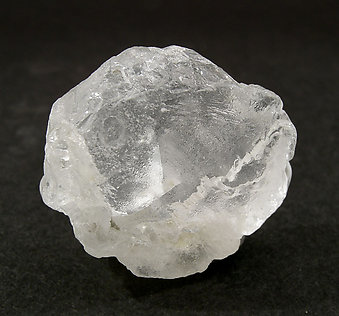 |
| ||||
| Datolite | |||||
|---|---|---|---|---|---|
| 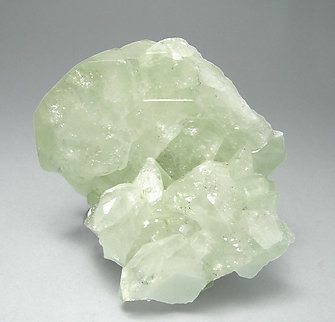 |
||||
| Copper | |||||
|---|---|---|---|---|---|
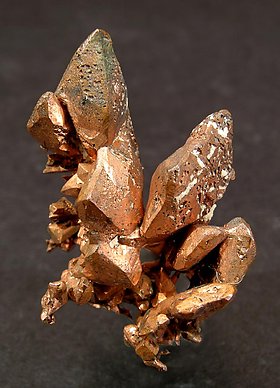 |
| ||||
| Enargite with Pyrite | |||||
|---|---|---|---|---|---|
| 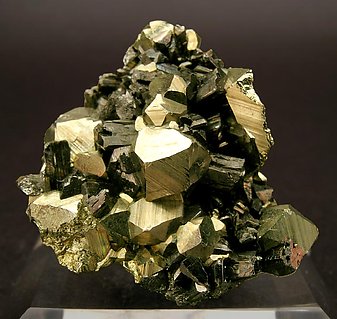 |
||||
| Enargite with Pyrite | |||||
|---|---|---|---|---|---|
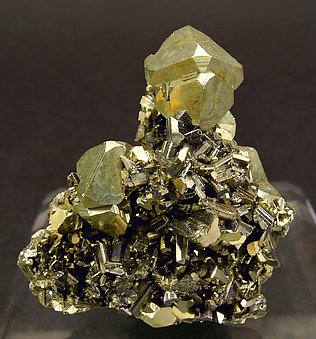 |
| ||||
| Enargite with Pyrite | |||||
|---|---|---|---|---|---|
| 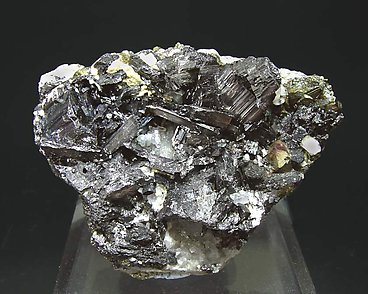 |
||||
| Enargite with Pyrite and Quartz | |||||||||
|---|---|---|---|---|---|---|---|---|---|
|
| ||||||||
| Olivenite with Pitticite | ||||||||
|---|---|---|---|---|---|---|---|---|
|
|
|||||||
| Getchellite with Realgar and Orpiment | |||||||||
|---|---|---|---|---|---|---|---|---|---|
|
| ||||||||
| Axinite-(Mn) | |||||
|---|---|---|---|---|---|
| 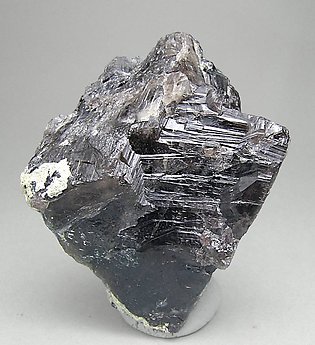 |
||||
| Herderite | |||||
|---|---|---|---|---|---|
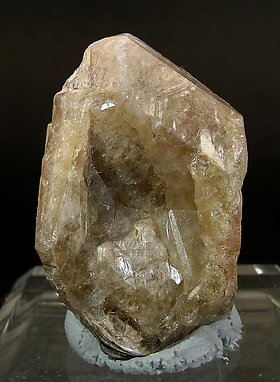 |
| ||||
| Datolite with Quartz and Pectolite | |||||||||
|---|---|---|---|---|---|---|---|---|---|
|
|
||||||||
| Datolite | |||||
|---|---|---|---|---|---|
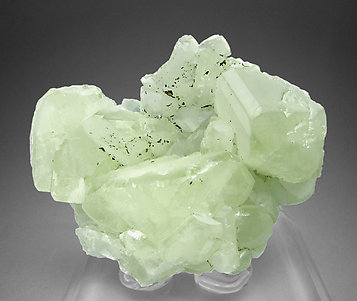 |
| ||||
| Datolite with Stilbite-Ca | |||||||||
|---|---|---|---|---|---|---|---|---|---|
|
|
||||||||
| Datolite with Chalcopyrite | |||||||||
|---|---|---|---|---|---|---|---|---|---|
|
| ||||||||
| Rhodonite | ||||||||
|---|---|---|---|---|---|---|---|---|
|
|
|||||||
| Willemite (Troostite) | |||||
|---|---|---|---|---|---|
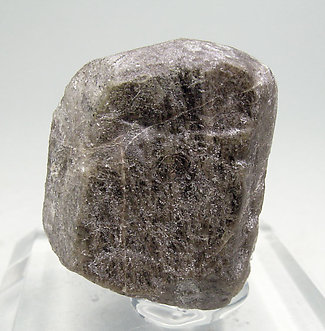 |
| ||||
| Zincite with Franklinite and Willemite | |||||||||
|---|---|---|---|---|---|---|---|---|---|
|
|
||||||||
| Hewettite on Gypsum | |||||
|---|---|---|---|---|---|
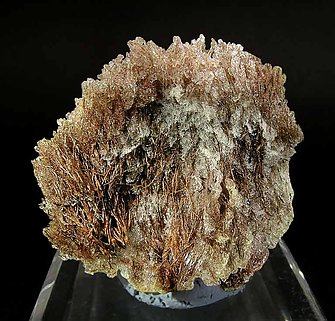 |
| ||||
| Linarite with Quartz | |||||||||
|---|---|---|---|---|---|---|---|---|---|
|
|
||||||||
| Dravite | |||||
|---|---|---|---|---|---|
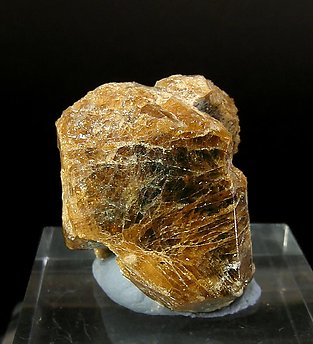 |
| ||||
| Uvite (Series) | |||||||||
|---|---|---|---|---|---|---|---|---|---|
|
|
||||||||
| Zircon | |||||
|---|---|---|---|---|---|
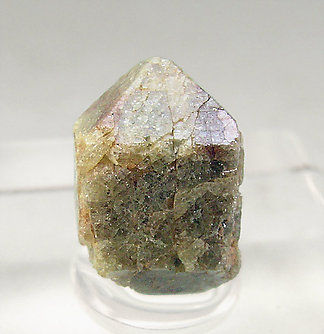 |
| ||||
| Sphalerite with Pyrite and Marcasite | |||||||||
|---|---|---|---|---|---|---|---|---|---|
|
|
||||||||
| MEXICO - CANADA |
| Axinite-(Fe) | |||||
|---|---|---|---|---|---|
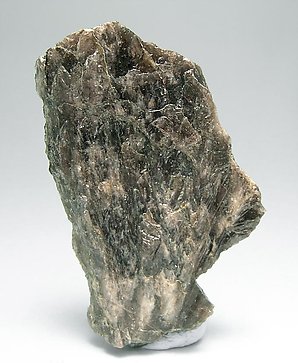 |
| ||||
| Vesuvianite | |||||
|---|---|---|---|---|---|
| 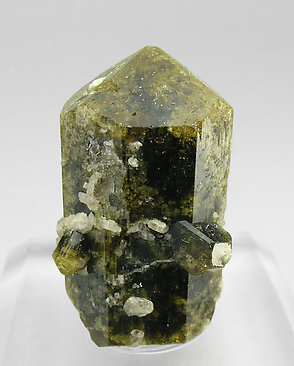 |
||||
| Vesuvianite | |||||
|---|---|---|---|---|---|
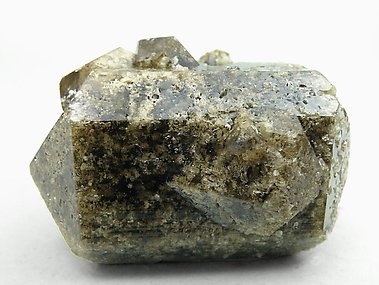 |
| ||||
| Doubly terminated Vesuvianite | |||||
|---|---|---|---|---|---|
| 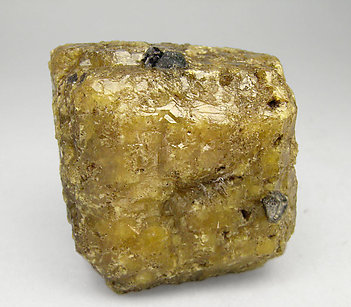 |
||||
| Vesuvianite with Grossular | |||||||||
|---|---|---|---|---|---|---|---|---|---|
|
| ||||||||
| Grossular | |||||
|---|---|---|---|---|---|
| 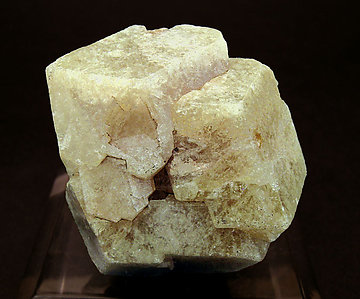 |
||||
| Polybasite with Chalcopyrite and Quartz | |||||||||
|---|---|---|---|---|---|---|---|---|---|
|
| ||||||||
| Pyrrhotite with Dolomite | ||||||||
|---|---|---|---|---|---|---|---|---|
|
|
|||||||
| Wulfenite with Dolomite | |||||
|---|---|---|---|---|---|
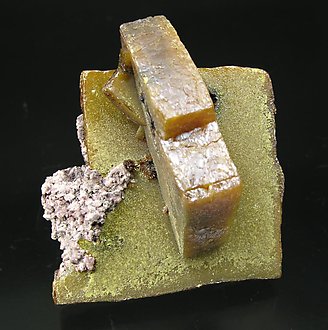 |
| ||||
| Wulfenite with Calcite | |||||||||
|---|---|---|---|---|---|---|---|---|---|
|
|
||||||||
| Wulfenite | |||||||||
|---|---|---|---|---|---|---|---|---|---|
|
| ||||||||
| Wulfenite | |||||||||
|---|---|---|---|---|---|---|---|---|---|
|
|
||||||||
| Wulfenite with Calcite | |||||||||
|---|---|---|---|---|---|---|---|---|---|
|
| ||||||||
| Wulfenite with Calcite | ||||||||
|---|---|---|---|---|---|---|---|---|
|
|
|||||||
| Wulfenite with Calcite | |||||||||
|---|---|---|---|---|---|---|---|---|---|
|
| ||||||||
| Wulfenite with Vanadinite (variety endlichite) | |||||||||
|---|---|---|---|---|---|---|---|---|---|
|
|
||||||||
| Vanadinite with Calcite | |||||||||
|---|---|---|---|---|---|---|---|---|---|
|
| ||||||||
| Vanadinite with Calcite | |||||||||
|---|---|---|---|---|---|---|---|---|---|
|
|
||||||||
| Silver with Calcite | ||||||||
|---|---|---|---|---|---|---|---|---|
|
| |||||||
| Adamite | |||||
|---|---|---|---|---|---|
| 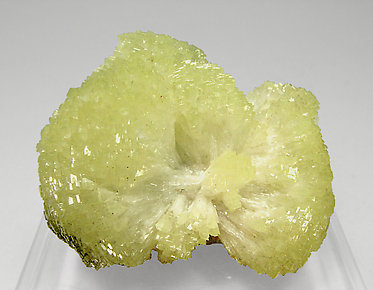 |
||||
| Adamite | |||||||||
|---|---|---|---|---|---|---|---|---|---|
|
| ||||||||
| Adamite on Limonite | |||||||||
|---|---|---|---|---|---|---|---|---|---|
|
|
||||||||
| Adamite | |||||
|---|---|---|---|---|---|
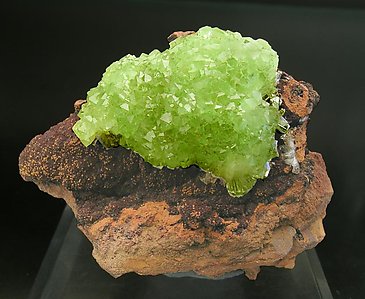 |
| ||||
| Adamite (variety manganoan) | |||||||||
|---|---|---|---|---|---|---|---|---|---|
|
|
||||||||
| Fluorapatite | |||||
|---|---|---|---|---|---|
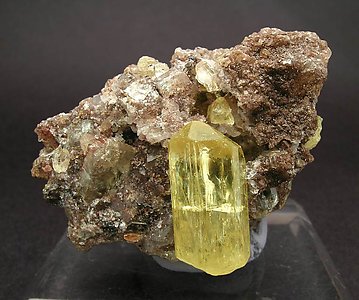 |
| ||||
| Mimetite with Calcite | |||||
|---|---|---|---|---|---|
| 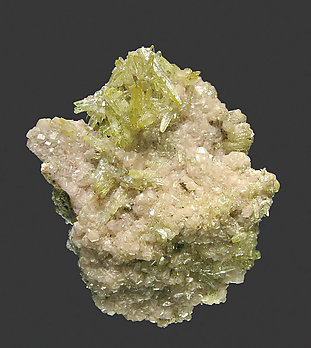 |
||||
| Quartz (variety amethyst) | |||||
|---|---|---|---|---|---|
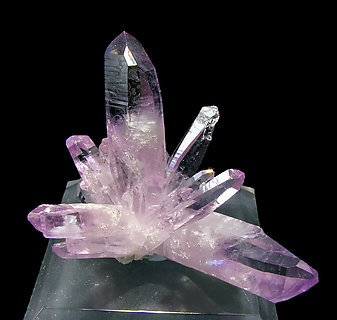 |
| ||||
| Quartz (variety amethyst) with Quartz and Epidote | |||||||||
|---|---|---|---|---|---|---|---|---|---|
|
|
||||||||
| Quartz (variety amethyst) | |||||||||
|---|---|---|---|---|---|---|---|---|---|
|
| ||||||||
| Calcite on Quartz | |||||
|---|---|---|---|---|---|
| 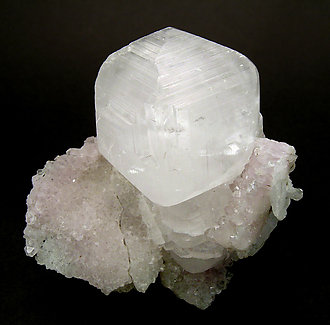 |
||||
| Clinozoisite with Quartz and Garnet | |||||||||
|---|---|---|---|---|---|---|---|---|---|
|
| ||||||||
| Tellurite with Quartz | |||||
|---|---|---|---|---|---|
| 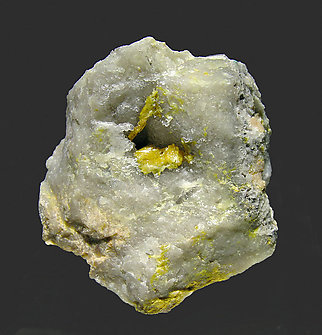 |
||||
| Smithsonite | |||||||||
|---|---|---|---|---|---|---|---|---|---|
|
| ||||||||
| Stibiconite | |||||||||
|---|---|---|---|---|---|---|---|---|---|
|
|
||||||||
| Diopside with Calcite | |||||||||
|---|---|---|---|---|---|---|---|---|---|
|
| ||||||||
| Rhodochrosite with Analcime and Aegirine | |||||
|---|---|---|---|---|---|
| 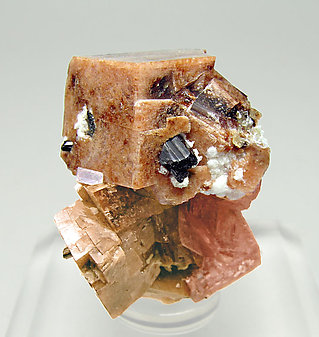 |
||||
| NORTHERN SPAIN |
| Gahnite with Quartz | ||||||||
|---|---|---|---|---|---|---|---|---|
|
| |||||||
| Cobaltoan Calcite on Calcite with Aurichalcite inclusions (variety zeiringite) | |||||||||
|---|---|---|---|---|---|---|---|---|---|
|
|
||||||||
| Cobaltoan Calcite | |||||||||
|---|---|---|---|---|---|---|---|---|---|
|
| ||||||||
| Cobaltoan Calcite with Calcite and Aurichalcite | |||||||||
|---|---|---|---|---|---|---|---|---|---|
|
|
||||||||
| Cobaltoan Calcite | |||||||||
|---|---|---|---|---|---|---|---|---|---|
|
| ||||||||
| Cobaltoan Calcite | |||||||||
|---|---|---|---|---|---|---|---|---|---|
|
|
||||||||
| Cobaltoan Calcite | |||||||||
|---|---|---|---|---|---|---|---|---|---|
|
| ||||||||
| Cobaltoan Calcite | |||||||||
|---|---|---|---|---|---|---|---|---|---|
|
|
||||||||
| Calcite with Aurichalcite inclusions (variety zeiringite) | |||||||||
|---|---|---|---|---|---|---|---|---|---|
|
| ||||||||
| Aurichalcite on Calcite with Aurichalcite inclusions (variety zeiringite) | |||||||||
|---|---|---|---|---|---|---|---|---|---|
|
|
||||||||
| Quartz with Pyrophyllite | |||||||||
|---|---|---|---|---|---|---|---|---|---|
|
| ||||||||
| Fluorite | |||||||||
|---|---|---|---|---|---|---|---|---|---|
|
|
||||||||
| Fluorite with Baryte and Quartz | |||||||||
|---|---|---|---|---|---|---|---|---|---|
|
| ||||||||
| Quartz (variety smoky) with Feldspar | |||||||||
|---|---|---|---|---|---|---|---|---|---|
|
|
||||||||
| Wulfenite (variety chillagite) | |||||
|---|---|---|---|---|---|
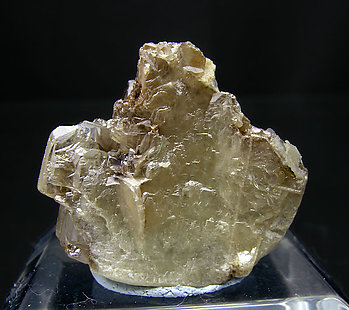 |
| ||||
| Wulfenite (variety chillagite) | |||||
|---|---|---|---|---|---|
| 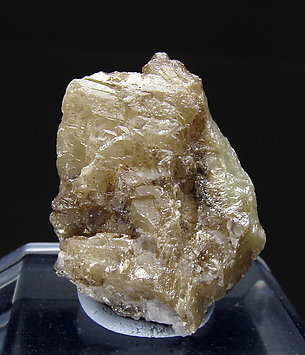 |
||||
| Wulfenite (variety chillagite) with Baryte | |||||
|---|---|---|---|---|---|
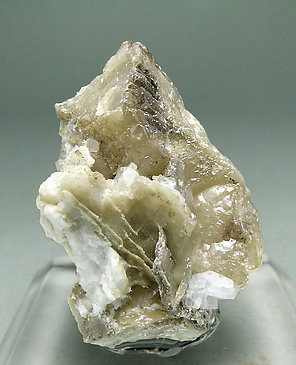 |
| ||||
| Wulfenite (variety chillagite) | |||||
|---|---|---|---|---|---|
| 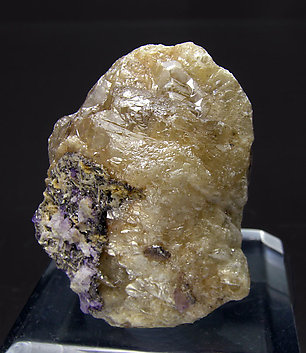 |
||||
| Wulfenite (variety chillagite) on Baryte | |||||
|---|---|---|---|---|---|
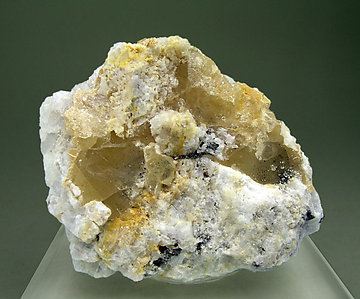 |
| ||||
| Wulfenite (variety chillagite) with Fluorite and Galena | |||||||||
|---|---|---|---|---|---|---|---|---|---|
|
|
||||||||
| Octahedral Fluorite | |||||||||
|---|---|---|---|---|---|---|---|---|---|
|
| ||||||||
| Cerussite with Galena | |||||||||
|---|---|---|---|---|---|---|---|---|---|
|
|
||||||||
| Cerussite with Galena | |||||||||
|---|---|---|---|---|---|---|---|---|---|
|
| ||||||||
| Cerussite with Galena | |||||||||
|---|---|---|---|---|---|---|---|---|---|
|
|
||||||||
| Cerussite with Galena | |||||||||
|---|---|---|---|---|---|---|---|---|---|
|
| ||||||||
| Dolomite | |||||
|---|---|---|---|---|---|
| 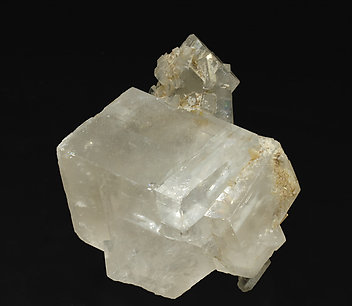 |
||||
| Dolomite | |||||
|---|---|---|---|---|---|
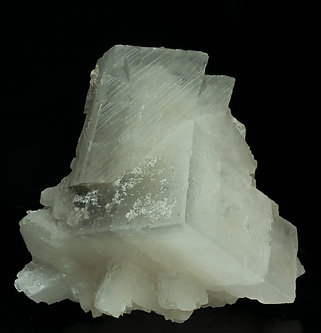 |
| ||||
| Dolomite | |||||||||
|---|---|---|---|---|---|---|---|---|---|
|
|
||||||||
| Dolomite | |||||
|---|---|---|---|---|---|
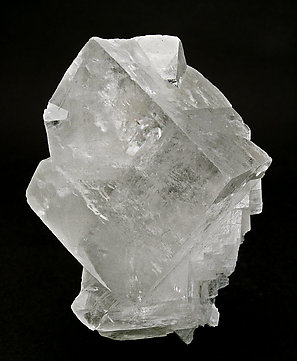 |
| ||||
| Twinned Dolomite | ||||||||
|---|---|---|---|---|---|---|---|---|
|
|
|||||||
| Doubly terminated Calcite | |||||||||
|---|---|---|---|---|---|---|---|---|---|
|
| ||||||||
| Calcite with Dolomite | |||||||||
|---|---|---|---|---|---|---|---|---|---|
|
|
||||||||
| Calcite with Dolomite | |||||
|---|---|---|---|---|---|
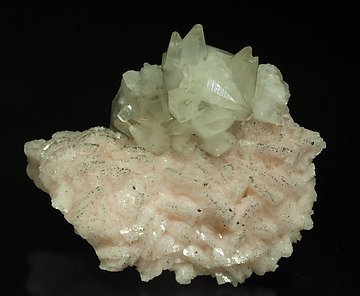 |
| ||||
| Sphalerite with Dolomite | |||||||||
|---|---|---|---|---|---|---|---|---|---|
|
|
||||||||
| Sphalerite with Calcite and Dolomite | |||||||||
|---|---|---|---|---|---|---|---|---|---|
|
| ||||||||
| Sphalerite | |||||
|---|---|---|---|---|---|
| 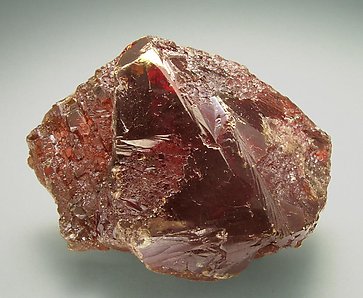 |
||||
| Sphalerite with Dolomite | |||||
|---|---|---|---|---|---|
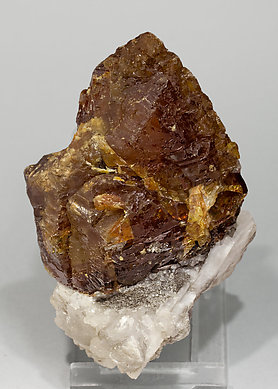 |
| ||||
| Sphalerite with Dolomite | |||||||||
|---|---|---|---|---|---|---|---|---|---|
|
|
||||||||
| Doubly terminated Calcite with Sphalerite | ||||||||
|---|---|---|---|---|---|---|---|---|
|
| |||||||
| Fluorite | |||||||||
|---|---|---|---|---|---|---|---|---|---|
|
|
||||||||
| Azurite with Conichalcite and Tyrolite | |||||
|---|---|---|---|---|---|
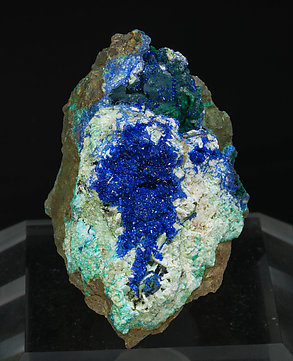 |
| ||||
| Azurite with Conichalcite and Tyrolite | |||||||||
|---|---|---|---|---|---|---|---|---|---|
|
|
||||||||
| Tyrolite with Chrysocolla | |||||||||
|---|---|---|---|---|---|---|---|---|---|
|
| ||||||||
| Tyrolite with Conichalcite and Azurite | |||||||||
|---|---|---|---|---|---|---|---|---|---|
|
|
||||||||
| Tyrolite | |||||||||
|---|---|---|---|---|---|---|---|---|---|
|
| ||||||||
| Tyrolite with Azurite and Chrysocolla | |||||||||
|---|---|---|---|---|---|---|---|---|---|
|
|
||||||||
| Tyrolite | |||||||||
|---|---|---|---|---|---|---|---|---|---|
|
| ||||||||
| Tyrolite with Azurite and Chrysocolla | |||||||||
|---|---|---|---|---|---|---|---|---|---|
|
|
||||||||
| Tyrolite with Azurite | |||||||||
|---|---|---|---|---|---|---|---|---|---|
|
| ||||||||
| Tyrolite with Conichalcite and Azurite | |||||||||
|---|---|---|---|---|---|---|---|---|---|
|
|
||||||||
| Tyrolite | |||||||||
|---|---|---|---|---|---|---|---|---|---|
|
| ||||||||
| Tyrolite with Azurite | |||||||||
|---|---|---|---|---|---|---|---|---|---|
|
|
||||||||
| Tyrolite with Chrysocolla and Azurite | |||||||||
|---|---|---|---|---|---|---|---|---|---|
|
| ||||||||
| Tyrolite with Azurite and Chrysocolla | |||||||||
|---|---|---|---|---|---|---|---|---|---|
|
|
||||||||
| Cinnabar with Calcite | |||||||||
|---|---|---|---|---|---|---|---|---|---|
|
| ||||||||
| CENTRAL SPAIN |
| Cinnabar | |||||||||
|---|---|---|---|---|---|---|---|---|---|
|
|
||||||||
| Cinnabar with Dolomite | |||||||||
|---|---|---|---|---|---|---|---|---|---|
|
| ||||||||
| Cinnabar | |||||
|---|---|---|---|---|---|
| 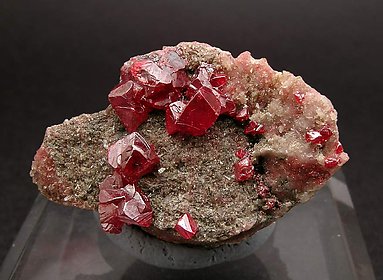 |
||||
| Cinnabar | |||||
|---|---|---|---|---|---|
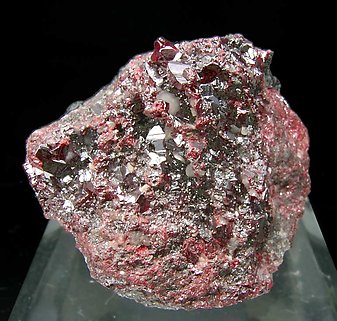 |
| ||||
| Cinnabar with Dolomite | |||||||||
|---|---|---|---|---|---|---|---|---|---|
|
|
||||||||
| Cinnabar with Dolomite | |||||||||
|---|---|---|---|---|---|---|---|---|---|
|
| ||||||||
| Cinnabar with Baryte | ||||||||
|---|---|---|---|---|---|---|---|---|
|
|
|||||||
| Cinnabar with Calcite | ||||||||
|---|---|---|---|---|---|---|---|---|
|
| |||||||
| Cinnabar with Quartz | |||||||||
|---|---|---|---|---|---|---|---|---|---|
|
|
||||||||
| Cinnabar | ||||||||
|---|---|---|---|---|---|---|---|---|
|
| |||||||
| Cinnabar with Quartz | ||||||||
|---|---|---|---|---|---|---|---|---|
|
|
|||||||
| Cinnabar with Quartz | |||||||||
|---|---|---|---|---|---|---|---|---|---|
|
| ||||||||
| Pyromorphite | |||||
|---|---|---|---|---|---|
| 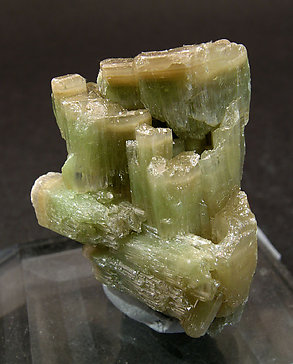 |
||||
| Pyromorphite | ||||||||
|---|---|---|---|---|---|---|---|---|
|
| |||||||
| Pyromorphite | ||||||||
|---|---|---|---|---|---|---|---|---|
|
|
|||||||
| Freibergite with Siderite and Quartz | |||||||||
|---|---|---|---|---|---|---|---|---|---|
|
| ||||||||
| Freibergite with Siderite and Quartz | |||||||||
|---|---|---|---|---|---|---|---|---|---|
|
|
||||||||
| Pyrargyrite on Quartz | |||||
|---|---|---|---|---|---|
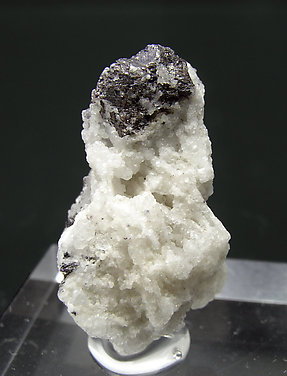 |
| ||||
| Pyrargyrite | |||||||||
|---|---|---|---|---|---|---|---|---|---|
|
|
||||||||
| Pyrargyrite with Siderite and Quartz | |||||||||
|---|---|---|---|---|---|---|---|---|---|
|
| ||||||||
| Stephanite with Miargyrite | ||||||||
|---|---|---|---|---|---|---|---|---|
|
|
|||||||
| Smoky Quartz with Microcline | |||||||||
|---|---|---|---|---|---|---|---|---|---|
|
| ||||||||
| Smoky Quartz with inclusions, Microcline and Albite (pericline) | |||||
|---|---|---|---|---|---|
| 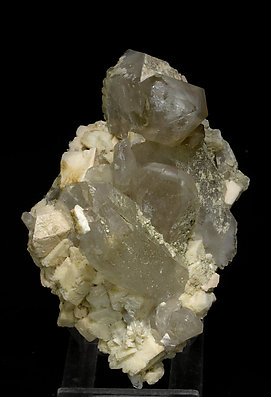 |
||||
| Twinned Orthoclase | |||||||||
|---|---|---|---|---|---|---|---|---|---|
|
| ||||||||
| Twinned Orthoclase | |||||||||
|---|---|---|---|---|---|---|---|---|---|
|
|
||||||||
| SOUTHERN SPAIN |
| Fluorapatite | |||||
|---|---|---|---|---|---|
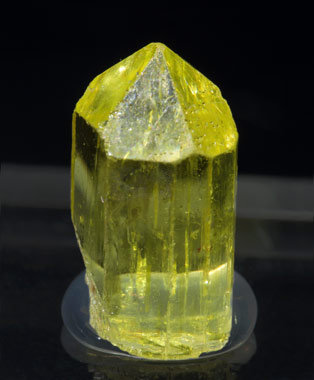 |
| ||||
| Almandine | |||||||||
|---|---|---|---|---|---|---|---|---|---|
|
|
||||||||
| Beryl with Quartz and Muscovite | |||||
|---|---|---|---|---|---|
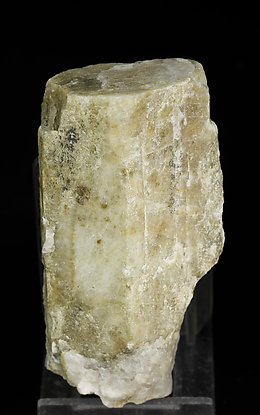 |
| ||||
| Cassiterite with Scheelite | |||||||||
|---|---|---|---|---|---|---|---|---|---|
|
|
||||||||
| Cassiterite | |||||
|---|---|---|---|---|---|
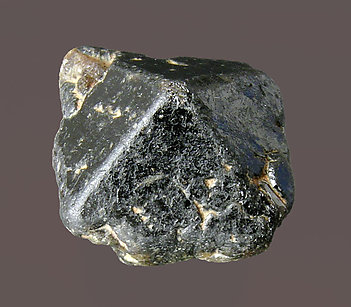 |
| ||||
| Cassiterite | |||||
|---|---|---|---|---|---|
| 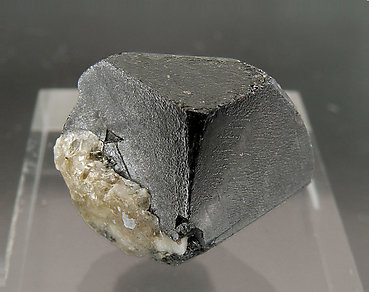 |
||||
| Bismuth | |||||
|---|---|---|---|---|---|
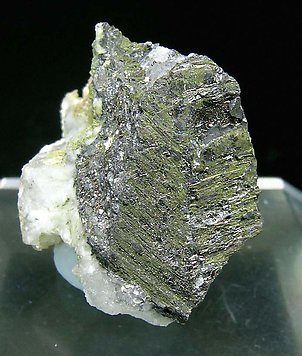 |
| ||||
| Bismuth | |||||
|---|---|---|---|---|---|
| 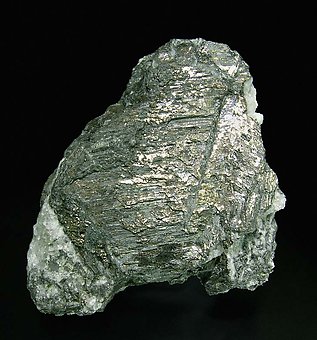 |
||||
| Bismuth | |||||
|---|---|---|---|---|---|
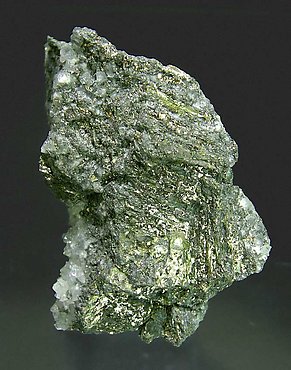 |
| ||||
| Bismuth on Quartz | |||||
|---|---|---|---|---|---|
| 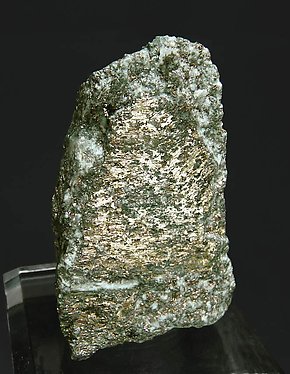 |
||||
| Bismuth with Quartz | |||||||||
|---|---|---|---|---|---|---|---|---|---|
|
| ||||||||
| Bismuth with Quartz | |||||||||
|---|---|---|---|---|---|---|---|---|---|
|
|
||||||||
| Bismuth with Calcite | |||||||||
|---|---|---|---|---|---|---|---|---|---|
|
| ||||||||
| Bismuth with Quartz | |||||||||
|---|---|---|---|---|---|---|---|---|---|
|
|
||||||||
| Bismuth | |||||
|---|---|---|---|---|---|
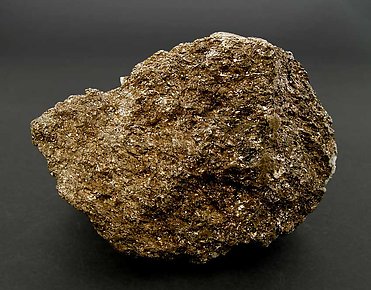 |
| ||||
| Blue Topaz | |||||
|---|---|---|---|---|---|
| 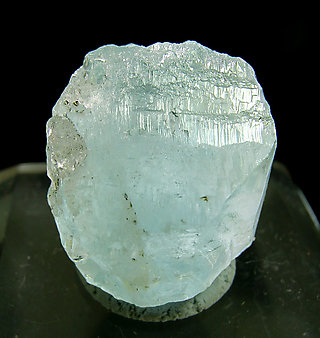 |
||||
| Blue Topaz | |||||
|---|---|---|---|---|---|
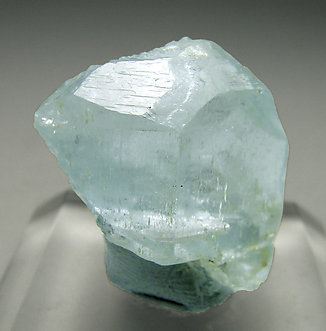 |
| ||||
| Blue Topaz | |||||
|---|---|---|---|---|---|
| 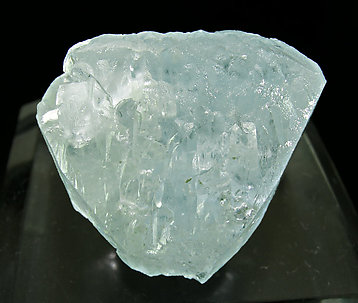 |
||||
| Blue Topaz | |||||
|---|---|---|---|---|---|
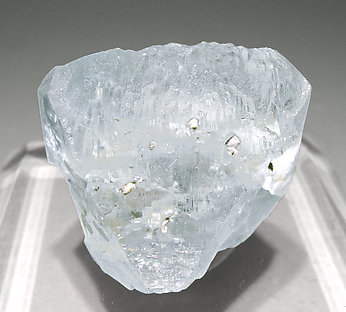 |
| ||||
| Blue Topaz | |||||
|---|---|---|---|---|---|
| 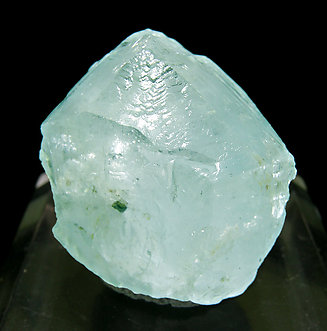 |
||||
| Sphalerite | |||||
|---|---|---|---|---|---|
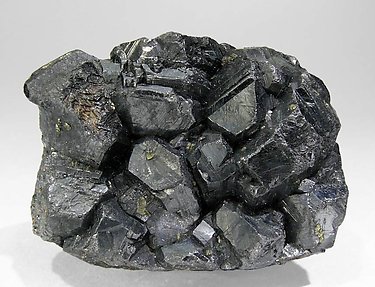 |
| ||||
| PORTUGAL |
| Fluorapatite | |||||
|---|---|---|---|---|---|
| 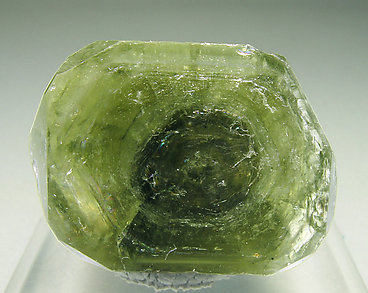 |
||||
| Fluorapatite with Muscovite | ||||||||
|---|---|---|---|---|---|---|---|---|
|
| |||||||
| Fluorapatite with Muscovite, Pyrite and Siderite | |||||
|---|---|---|---|---|---|
| 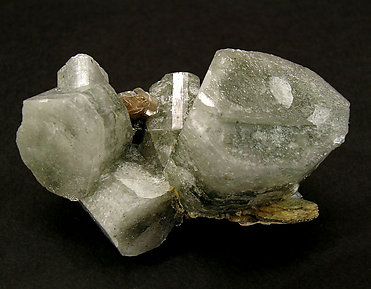 |
||||
| Doubly terminated Fluorapatite | |||||
|---|---|---|---|---|---|
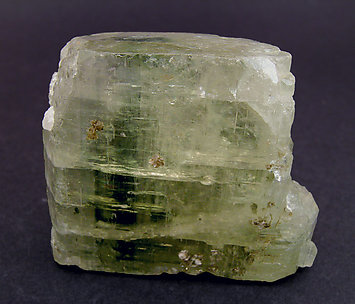 |
| ||||
| Fluorapatite with Arsenopyrite and Muscovite | |||||
|---|---|---|---|---|---|
| 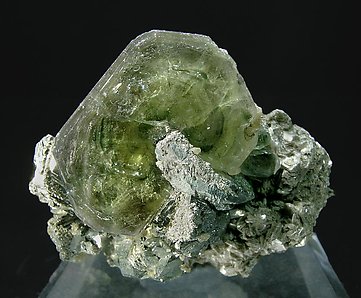 |
||||
| Fluorapatite with Muscovite | |||||
|---|---|---|---|---|---|
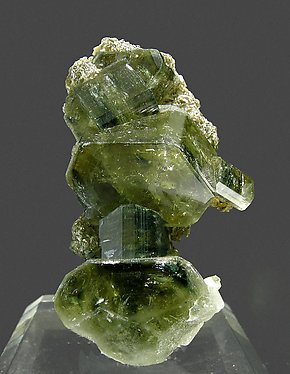 |
| ||||
| Fluorapatite, Quartz, Muscovite and Tourmaline | |||||
|---|---|---|---|---|---|
| 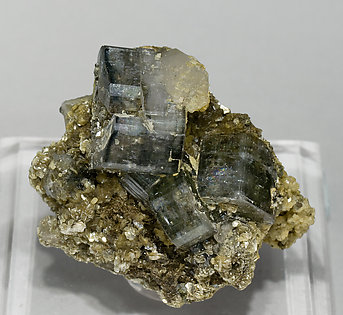 |
||||
| Fluorapatite with Ferberite and Muscovite | |||||||||
|---|---|---|---|---|---|---|---|---|---|
|
| ||||||||
| Fluorapatite with Calcite | |||||||||
|---|---|---|---|---|---|---|---|---|---|
|
|
||||||||
| Fluorapatite with Calcite and Muscovite | |||||||||
|---|---|---|---|---|---|---|---|---|---|
|
| ||||||||
| Fluorapatite with Muscovite and Arsenopyrite | |||||||||
|---|---|---|---|---|---|---|---|---|---|
|
|
||||||||
| Fluorapatite with Muscovite | |||||||||
|---|---|---|---|---|---|---|---|---|---|
|
| ||||||||
| Ferberite with Siderite | |||||||||
|---|---|---|---|---|---|---|---|---|---|
|
|
||||||||
| Ferberite with Muscovite, Siderite and Quartz | |||||||||
|---|---|---|---|---|---|---|---|---|---|
|
| ||||||||
| Ferberite with Muscovite and Siderite | ||||||||
|---|---|---|---|---|---|---|---|---|
|
|
|||||||
| Ferberite with Quartz | |||||||||
|---|---|---|---|---|---|---|---|---|---|
|
| ||||||||
| Ferberite with Muscovite and Siderite | |||||||||
|---|---|---|---|---|---|---|---|---|---|
|
|
||||||||
| Ferberite with Siderite | |||||||||
|---|---|---|---|---|---|---|---|---|---|
|
| ||||||||
| Ferberite with Muscovite | |||||||||
|---|---|---|---|---|---|---|---|---|---|
|
|
||||||||
| Ferberite with Pyrite and Quartz | |||||||||
|---|---|---|---|---|---|---|---|---|---|
|
| ||||||||
| Ferberite with Muscovite, Calcite, Pyrite and Chalcopyrite | |||||||||
|---|---|---|---|---|---|---|---|---|---|
|
|
||||||||
| Arsenopyrite with Topaz and Siderite | |||||||||
|---|---|---|---|---|---|---|---|---|---|
|
| ||||||||
| Arsenopyrite with Siderite and Chalcopyrite | |||||
|---|---|---|---|---|---|
| 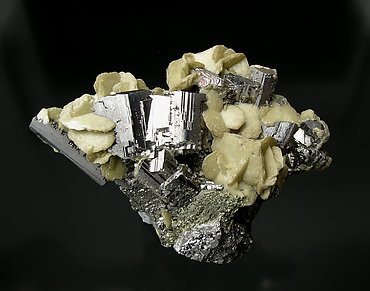 |
||||
| Arsenopyrite | |||||||||
|---|---|---|---|---|---|---|---|---|---|
|
| ||||||||
| Marcasite-Arsenopyrite with Quartz and Siderite | |||||||||
|---|---|---|---|---|---|---|---|---|---|
|
|
||||||||
| Siderite with Quartz | |||||
|---|---|---|---|---|---|
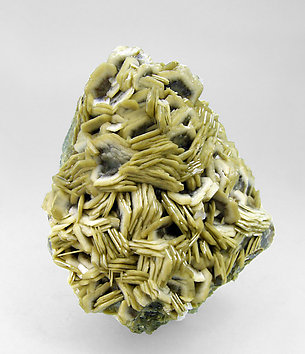 |
| ||||
| Sphalerite with Chalcopyrite, Siderite, Pyrite and Muscovite | |||||||||
|---|---|---|---|---|---|---|---|---|---|
|
|
||||||||
| Sphalerite with Chalcopyrite, Siderite, Muscovite and Calcite | |||||||||
|---|---|---|---|---|---|---|---|---|---|
|
| ||||||||
| Twinned Cassiterite | |||||
|---|---|---|---|---|---|
| 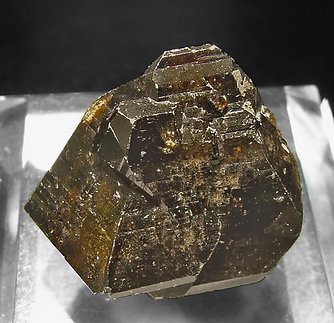 |
||||
| Twinned Cassiterite | |||||||||
|---|---|---|---|---|---|---|---|---|---|
|
| ||||||||
| Cassiterite (twinned) | |||||
|---|---|---|---|---|---|
| 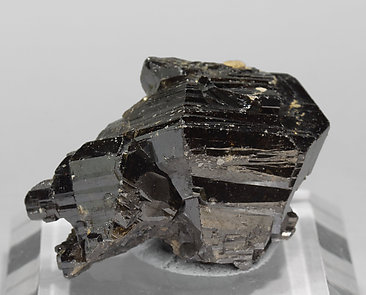 |
||||
| Cassiterite with Quartz, Dolomite and Tourmaline | |||||||||
|---|---|---|---|---|---|---|---|---|---|
|
| ||||||||
| Cassiterite with Muscovite | |||||||||
|---|---|---|---|---|---|---|---|---|---|
|
|
||||||||
| Cassiterite with Quartz and Siderite | |||||||||
|---|---|---|---|---|---|---|---|---|---|
|
| ||||||||
| Cassiterite with Quartz and Siderite | |||||||||
|---|---|---|---|---|---|---|---|---|---|
|
|
||||||||
| Cassiterite with Quartz | |||||
|---|---|---|---|---|---|
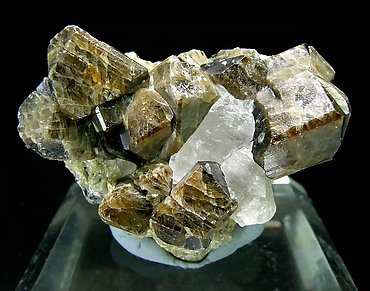 |
| ||||
| Cassiterite | |||||||||
|---|---|---|---|---|---|---|---|---|---|
|
|
||||||||
| Cassiterite | ||||||||
|---|---|---|---|---|---|---|---|---|
|
| |||||||
| EUROPE (excl. Spain and Portugat) |
| Epidote | |||||
|---|---|---|---|---|---|
| 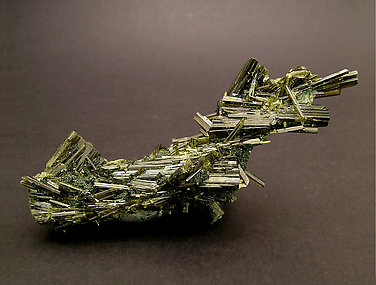 |
||||
| Orthoclase (variety adularia) with Clinochlore | |||||||||
|---|---|---|---|---|---|---|---|---|---|
|
| ||||||||
| Strontianite with Calcite | ||||||||
|---|---|---|---|---|---|---|---|---|
|
|
|||||||
| Strontianite with Magnesite | |||||
|---|---|---|---|---|---|
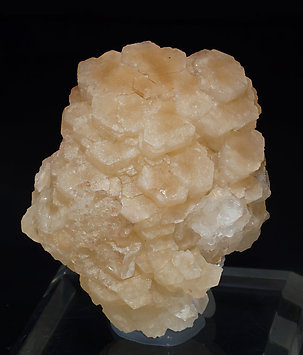 |
| ||||
| Calcite | |||||||||
|---|---|---|---|---|---|---|---|---|---|
|
|
||||||||
| Wulfenite | |||||||||
|---|---|---|---|---|---|---|---|---|---|
|
| ||||||||
| Pyrargyrite with Calcite | |||||||||
|---|---|---|---|---|---|---|---|---|---|
|
|
||||||||
| Rhodochrosite | |||||||||
|---|---|---|---|---|---|---|---|---|---|
|
| ||||||||
| Hureaulite | |||||
|---|---|---|---|---|---|
| 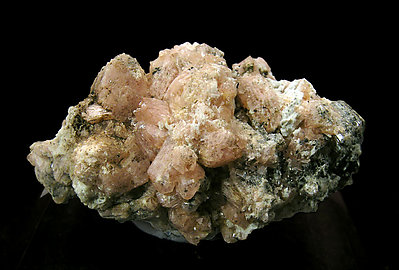 |
||||
| Hureaulite | |||||
|---|---|---|---|---|---|
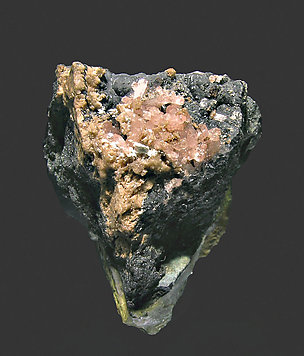 |
| ||||
| Laueite | |||||
|---|---|---|---|---|---|
| 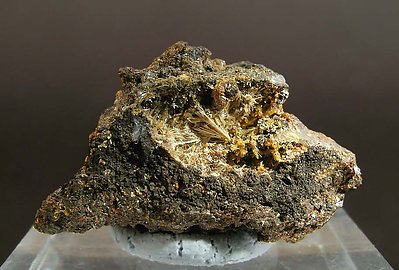 |
||||
| Phosphophyllite with Vivianite and Quartz | |||||||||
|---|---|---|---|---|---|---|---|---|---|
|
| ||||||||
| Strengite on Quartz | |||||||||
|---|---|---|---|---|---|---|---|---|---|
|
|
||||||||
| Pyromorphite | ||||||||
|---|---|---|---|---|---|---|---|---|
|
| |||||||
| Pyromorphite | |||||||||
|---|---|---|---|---|---|---|---|---|---|
|
|
||||||||
| Pyromorphite with Calcite | |||||||||
|---|---|---|---|---|---|---|---|---|---|
|
| ||||||||
| Rhodochrosite | |||||||||
|---|---|---|---|---|---|---|---|---|---|
|
|
||||||||
| Topaz (variety pycnite) with Zinnwaldite and Quartz | |||||||||
|---|---|---|---|---|---|---|---|---|---|
|
| ||||||||
| Chalcopyrite with Dolomite | ||||||||
|---|---|---|---|---|---|---|---|---|
|
|
|||||||
| Pyrargyrite | |||||
|---|---|---|---|---|---|
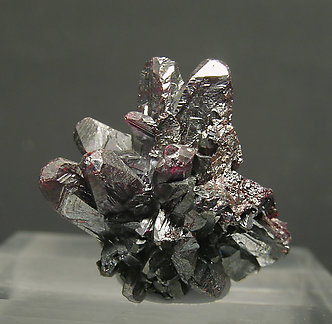 |
| ||||
| Pyrargyrite with Siderite | |||||||||
|---|---|---|---|---|---|---|---|---|---|
|
|
||||||||
| Pyrargyrite | |||||||||
|---|---|---|---|---|---|---|---|---|---|
|
| ||||||||
| Pyrargyrite | |||||
|---|---|---|---|---|---|
| 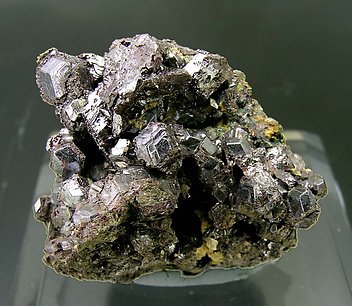 |
||||
| Pyrargyrite with Calcite | ||||||||
|---|---|---|---|---|---|---|---|---|
|
| |||||||
| Ferberite | |||||
|---|---|---|---|---|---|
| 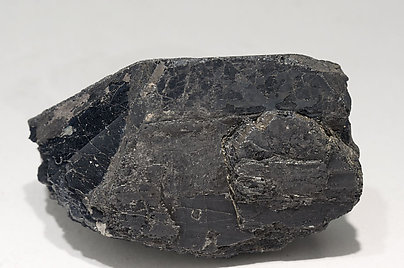 |
||||
| Ferberite | |||||
|---|---|---|---|---|---|
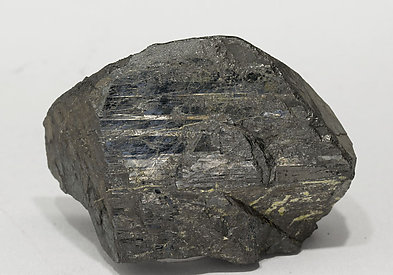 |
| ||||
| Rhodochrosite | |||||||||
|---|---|---|---|---|---|---|---|---|---|
|
|
||||||||
| Rhodochrosite | |||||
|---|---|---|---|---|---|
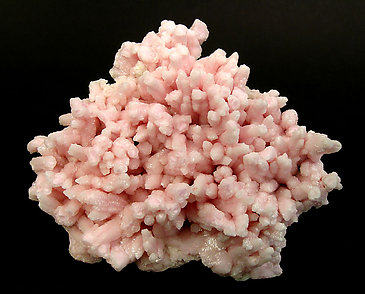 |
| ||||
| Rhodochrosite | |||||
|---|---|---|---|---|---|
| 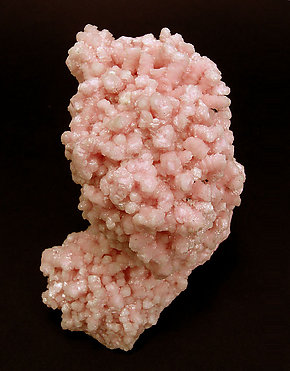 |
||||
| Hidrokenoralstonita | |||||
|---|---|---|---|---|---|
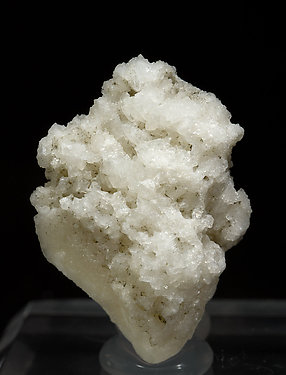 |
| ||||
| Celestine with Sulfur | |||||||||
|---|---|---|---|---|---|---|---|---|---|
|
|
||||||||
| Hematite with Quartz | |||||||||
|---|---|---|---|---|---|---|---|---|---|
|
| ||||||||
| Atacamite | |||||||||
|---|---|---|---|---|---|---|---|---|---|
|
|
||||||||
| Covellite with Pyrite | |||||
|---|---|---|---|---|---|
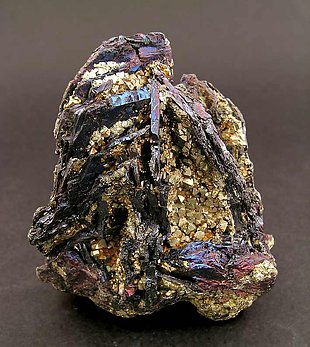 |
| ||||
| Anglesite with Galena | ||||||||
|---|---|---|---|---|---|---|---|---|
|
|
|||||||
| Anglesite on Galena | ||||||||
|---|---|---|---|---|---|---|---|---|
|
| |||||||
| Vesuvianite | |||||||||
|---|---|---|---|---|---|---|---|---|---|
|
|
||||||||
| Andradite (variety demantoid) | ||||||||
|---|---|---|---|---|---|---|---|---|
|
| |||||||
| Ferrohornblende | |||||
|---|---|---|---|---|---|
| 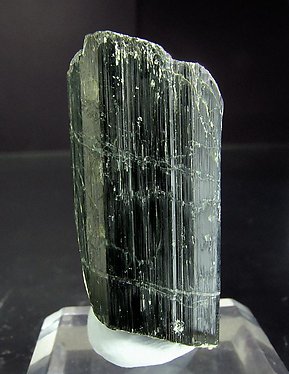 |
||||
| Corundum with Oligoclase and Biotite | |||||||||
|---|---|---|---|---|---|---|---|---|---|
|
| ||||||||
| Allanite-(Ce) with Muscovite, Spessartine and perthite | |||||||||
|---|---|---|---|---|---|---|---|---|---|
|
|
||||||||
| Allanite-(Ce) with Muscovite, Spessartine and perthite | |||||||||
|---|---|---|---|---|---|---|---|---|---|
|
| ||||||||
| Rhodochrosite with Quartz | |||||
|---|---|---|---|---|---|
| 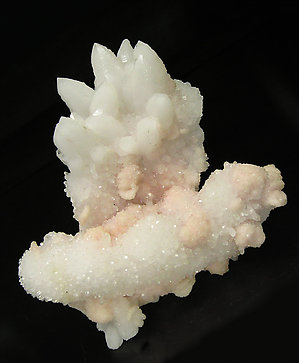 |
||||
| Pyrrhotite | |||||
|---|---|---|---|---|---|
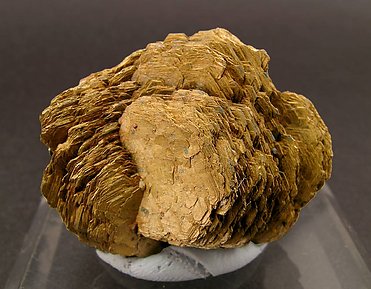 |
| ||||
| Stibnite with Baryte | |||||
|---|---|---|---|---|---|
| 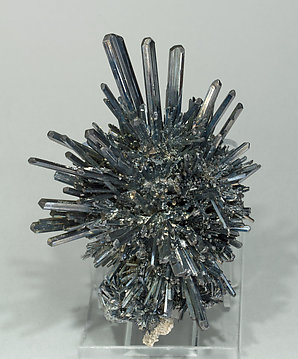 |
||||
| Sylvanite with Quartz | ||||||||
|---|---|---|---|---|---|---|---|---|
|
| |||||||
| Devilline | |||||||||
|---|---|---|---|---|---|---|---|---|---|
|
|
||||||||
| Cinnabar | |||||||||
|---|---|---|---|---|---|---|---|---|---|
|
| ||||||||
| Cobaltite with Pyrrhotite | |||||||||
|---|---|---|---|---|---|---|---|---|---|
|
|
||||||||
| Gahnite | ||||||||
|---|---|---|---|---|---|---|---|---|
|
| |||||||
| Berzeliite with Hausmannite | |||||
|---|---|---|---|---|---|
| 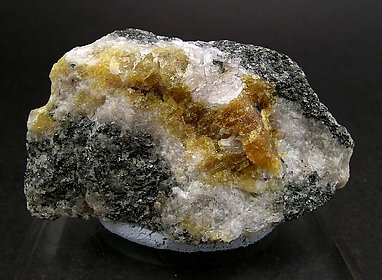 |
||||
| Berzeliite with Calcite and Hausmannite | ||||||||
|---|---|---|---|---|---|---|---|---|
|
| |||||||
| Axinite-(Fe) with Albite | |||||||||
|---|---|---|---|---|---|---|---|---|---|
|
|
||||||||
| Axinite-(Fe) with Albite | |||||
|---|---|---|---|---|---|
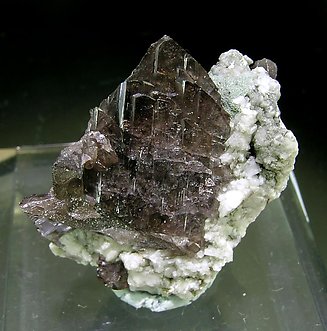 |
| ||||
| Axinite-(Fe) with Albite and Chlorite | |||||
|---|---|---|---|---|---|
| 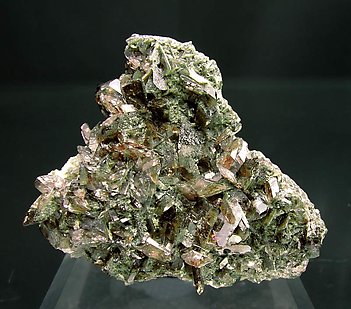 |
||||
| Calcite (papierspat) | ||||||||
|---|---|---|---|---|---|---|---|---|
|
| |||||||
| Calcite "papierspat" with chlorite, adularia and Quartz | |||||||||
|---|---|---|---|---|---|---|---|---|---|
|
|
||||||||
| Anatase and Brookite with Quartz | ||||||||
|---|---|---|---|---|---|---|---|---|
|
| |||||||
| Anatase and Quartz | |||||||||
|---|---|---|---|---|---|---|---|---|---|
|
|
||||||||
| Anhydrite with Rutile on Dolomite | |||||||||
|---|---|---|---|---|---|---|---|---|---|
|
| ||||||||
| Titanite with Clinochlore | |||||
|---|---|---|---|---|---|
| 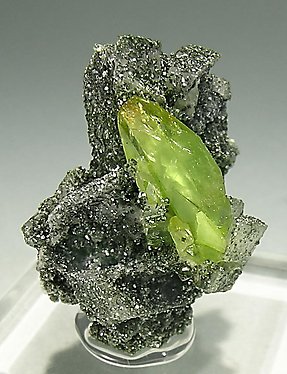 |
||||
| Titanite with Chlorite | |||||
|---|---|---|---|---|---|
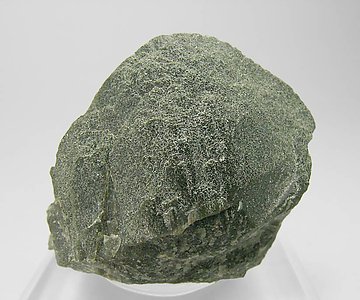 |
| ||||
| Quartz with Titanite and Chlorite | |||||||||
|---|---|---|---|---|---|---|---|---|---|
|
|
||||||||
| Perovskite with Magnetite | |||||||||
|---|---|---|---|---|---|---|---|---|---|
|
| ||||||||
| Epidote | |||||
|---|---|---|---|---|---|
| 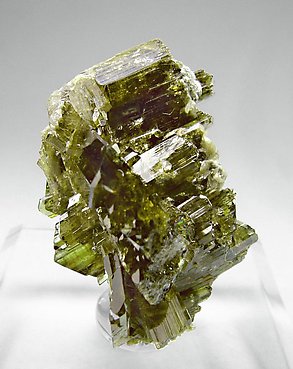 |
||||
| Epidote | |||||||||
|---|---|---|---|---|---|---|---|---|---|
|
| ||||||||
| Epidote | |||||||||
|---|---|---|---|---|---|---|---|---|---|
|
|
||||||||
| Epidote with Diopside | |||||
|---|---|---|---|---|---|
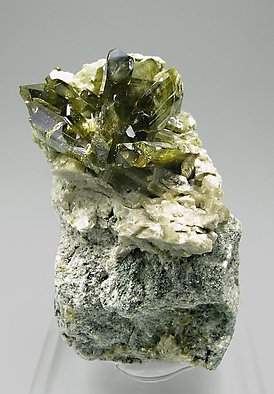 |
| ||||
| Epidote | |||||||||
|---|---|---|---|---|---|---|---|---|---|
|
|
||||||||
| Epidote with Byssolite | |||||
|---|---|---|---|---|---|
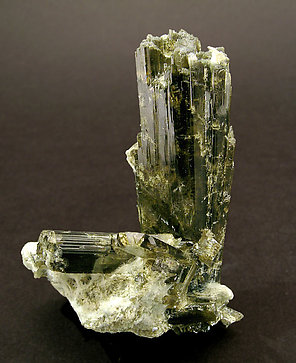 |
| ||||
| Epidote | |||||||||
|---|---|---|---|---|---|---|---|---|---|
|
|
||||||||
| Beryl with Quartz, Orthoclase and Muscovite | |||||||||
|---|---|---|---|---|---|---|---|---|---|
|
| ||||||||
| Heulandite-Ca with Scolecite | |||||||||
|---|---|---|---|---|---|---|---|---|---|
|
|
||||||||
| Tinzenite with Quartz | |||||||||
|---|---|---|---|---|---|---|---|---|---|
|
| ||||||||
| Grossular (hessonite) with Clinozoisite | |||||
|---|---|---|---|---|---|
| 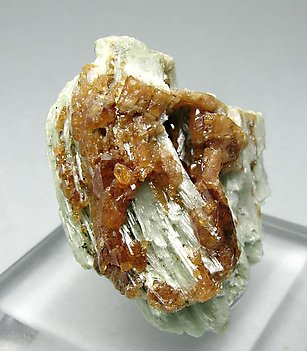 |
||||
| Vesuvianite | |||||
|---|---|---|---|---|---|
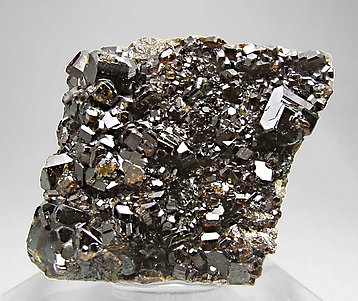 |
| ||||
| Diopside | |||||||||
|---|---|---|---|---|---|---|---|---|---|
|
|
||||||||
| Hematite with epitaxial Rutile | |||||
|---|---|---|---|---|---|
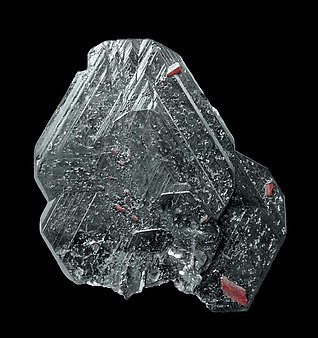 |
| ||||
| Hematite with Rutile | ||||||||
|---|---|---|---|---|---|---|---|---|
|
|
|||||||
| Hematite with Rutile and adularia | |||||
|---|---|---|---|---|---|
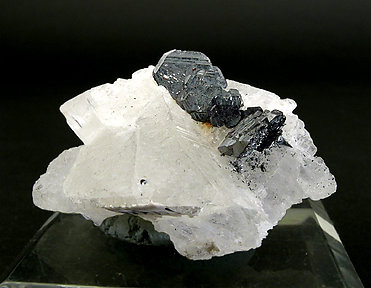 |
| ||||
| Quartz | |||||
|---|---|---|---|---|---|
| 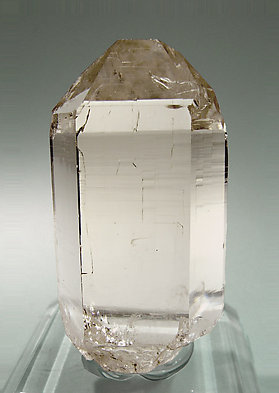 |
||||
| Doubly terminated and twinned Quartz | ||||||||
|---|---|---|---|---|---|---|---|---|
|
| |||||||
| Quartz | |||||||||
|---|---|---|---|---|---|---|---|---|---|
|
|
||||||||
| Doubly terminated Quartz with Hematite | |||||||||
|---|---|---|---|---|---|---|---|---|---|
|
| ||||||||
| Doubly terminated Quartz with Chlorite | |||||||||
|---|---|---|---|---|---|---|---|---|---|
|
|
||||||||
| Quartz | |||||
|---|---|---|---|---|---|
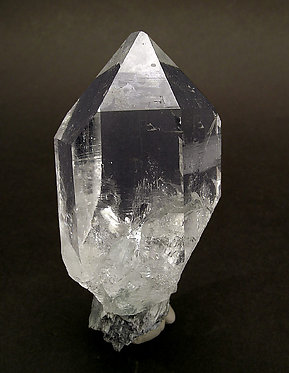 |
| ||||
| Doubly terminated Quartz | ||||||||
|---|---|---|---|---|---|---|---|---|
|
|
|||||||
| Doubly terminated Quartz | |||||
|---|---|---|---|---|---|
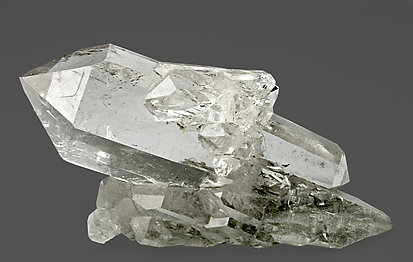 |
| ||||
| Doubly terminated Quartz faden with Albite | |||||
|---|---|---|---|---|---|
| 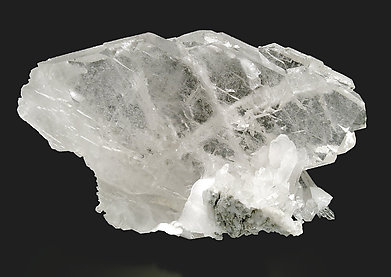 |
||||
| Quartz (variety smoky) | |||||
|---|---|---|---|---|---|
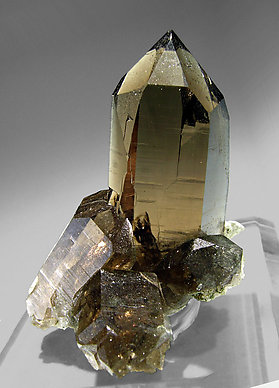 |
| ||||
| Quartz (variety smoky) | |||||||||
|---|---|---|---|---|---|---|---|---|---|
|
|
||||||||
| Doubly terminated Quartz (variety smoky) with Clinochlore | |||||
|---|---|---|---|---|---|
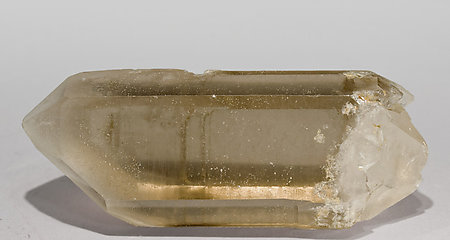 |
| ||||
| Quartz (variety smoky) with Actinolite | |||||
|---|---|---|---|---|---|
| 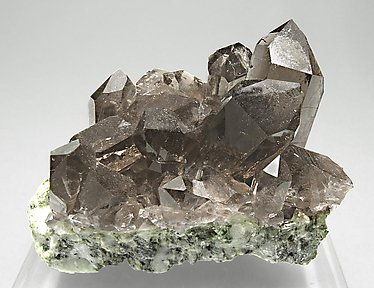 |
||||
| Doubly terminated Quartz (variety smoky) | |||||||||
|---|---|---|---|---|---|---|---|---|---|
|
| ||||||||
| Quartz (variety smoky) | |||||||||
|---|---|---|---|---|---|---|---|---|---|
|
|
||||||||
| Quartz (variety smoky) with Hematite | |||||||||
|---|---|---|---|---|---|---|---|---|---|
|
| ||||||||
| Smoky Quartz with Chlorite | |||||||||
|---|---|---|---|---|---|---|---|---|---|
|
|
||||||||
| Quartz with Chlorite inclusions | |||||||||
|---|---|---|---|---|---|---|---|---|---|
|
| ||||||||
| Quartz with Chlorite | |||||||||
|---|---|---|---|---|---|---|---|---|---|
|
|
||||||||
| Quartz with Epidote inclusions | |||||
|---|---|---|---|---|---|
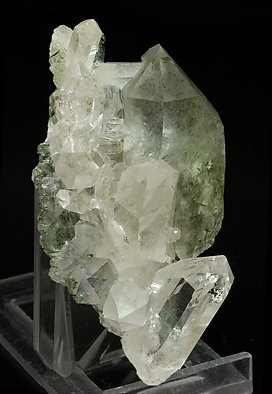 |
| ||||
| Quartz with Chlorite and Albite | |||||||||
|---|---|---|---|---|---|---|---|---|---|
|
|
||||||||
| Smoky Quartz with Chlorite and amphibole | |||||||||
|---|---|---|---|---|---|---|---|---|---|
|
| ||||||||
| Doubly terminated Quartz with chlorite and adularia | |||||||||
|---|---|---|---|---|---|---|---|---|---|
|
|
||||||||
| Quartz with Chlorite, adularia and Muscovite | |||||||||
|---|---|---|---|---|---|---|---|---|---|
|
| ||||||||
| Quartz with Albite | |||||
|---|---|---|---|---|---|
| 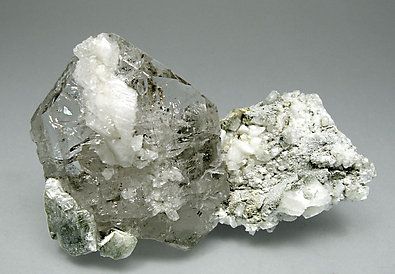 |
||||
| Quartz with Hematite and Ankerite | |||||||||
|---|---|---|---|---|---|---|---|---|---|
|
| ||||||||
| Quartz with Rutile | |||||||||
|---|---|---|---|---|---|---|---|---|---|
|
|
||||||||
| Quartz with Actinolite | |||||||||
|---|---|---|---|---|---|---|---|---|---|
|
| ||||||||
| Quartz (variety smoky and gwindel) | |||||||||
|---|---|---|---|---|---|---|---|---|---|
|
|
||||||||
| Quartz (variety smoky and gwindel) | |||||||||
|---|---|---|---|---|---|---|---|---|---|
|
| ||||||||
| Quartz (variety smoky and gwindel) with Chlorite | |||||||||
|---|---|---|---|---|---|---|---|---|---|
|
|
||||||||
| Quartz (variety smoky and gwindel) | |||||||||
|---|---|---|---|---|---|---|---|---|---|
|
| ||||||||
| Quartz (variety smoky and gwindel) with Chlorite | |||||||||
|---|---|---|---|---|---|---|---|---|---|
|
|
||||||||
| Quartz (variety gwindel) with Chlorite inclusions | |||||||||
|---|---|---|---|---|---|---|---|---|---|
|
| ||||||||
| Quartz (variety "tessiner habitus") | |||||
|---|---|---|---|---|---|
| 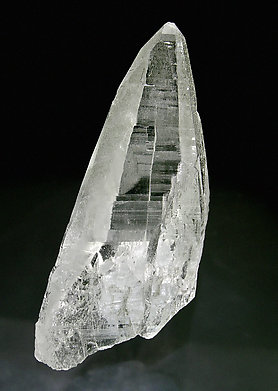 |
||||
| Quartz (variety smoky and "tessiner habitus") | |||||
|---|---|---|---|---|---|
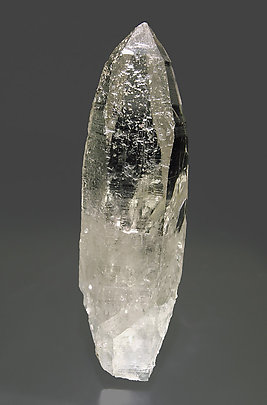 |
| ||||
| Quartz | ||||||||
|---|---|---|---|---|---|---|---|---|
|
|
|||||||
| Quartz | |||||||||
|---|---|---|---|---|---|---|---|---|---|
|
| ||||||||
| Quartz | |||||||||
|---|---|---|---|---|---|---|---|---|---|
|
|
||||||||
| Orthoclase (variety adularia) with Chlorite | |||||
|---|---|---|---|---|---|
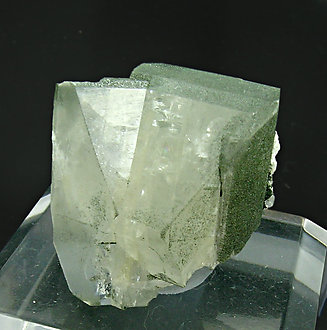 |
| ||||
| Orthoclase (variety adularia) with Chlorite | |||||
|---|---|---|---|---|---|
| 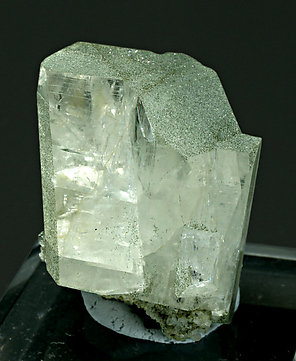 |
||||
| Orthoclase (variety adularia) with Chlorite and Hematite | |||||||||
|---|---|---|---|---|---|---|---|---|---|
|
| ||||||||
| Orthoclase (variety adularia) with chlorite and Hematite | ||||||||
|---|---|---|---|---|---|---|---|---|
|
|
|||||||
| Orthoclase (variety adularia) | |||||||||
|---|---|---|---|---|---|---|---|---|---|
|
| ||||||||
| Orthoclase (variety adularia) | |||||||||
|---|---|---|---|---|---|---|---|---|---|
|
|
||||||||
| Orthoclase (variety adularia) with Chlorite | |||||||||
|---|---|---|---|---|---|---|---|---|---|
|
| ||||||||
| Bornite with Chalcocite | |||||
|---|---|---|---|---|---|
| 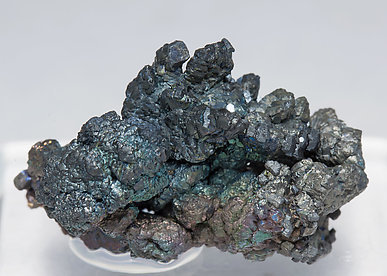 |
||||
| Chalcocite with Bornite | ||||||||
|---|---|---|---|---|---|---|---|---|
|
| |||||||
| Chalcocite with Bornite | |||||
|---|---|---|---|---|---|
| 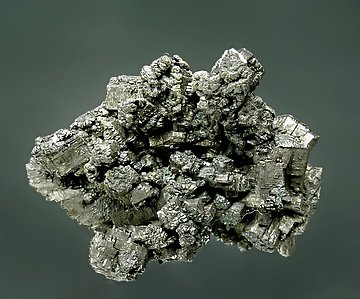 |
||||
| Chalcocite with Bornite | |||||||||
|---|---|---|---|---|---|---|---|---|---|
|
| ||||||||
| Cerussite (jackstraw) | |||||
|---|---|---|---|---|---|
| 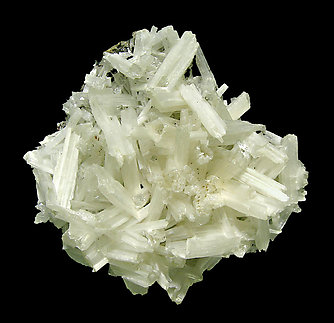 |
||||
| Cassiterite | ||||||||
|---|---|---|---|---|---|---|---|---|
|
| |||||||
| Cassiterite with Zinkenite | |||||||||
|---|---|---|---|---|---|---|---|---|---|
|
|
||||||||
| Chalcopyrite with Quartz | |||||
|---|---|---|---|---|---|
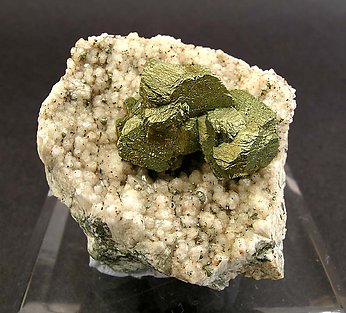 |
| ||||
| Pyromorphite | |||||
|---|---|---|---|---|---|
| 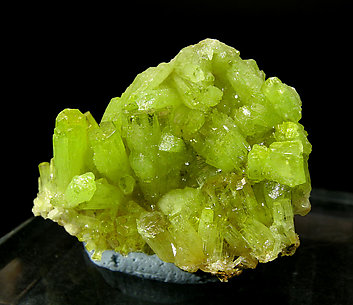 |
||||
| Pyromorphite | |||||||||
|---|---|---|---|---|---|---|---|---|---|
|
| ||||||||
| Pyromorphite on Quartz | |||||
|---|---|---|---|---|---|
| 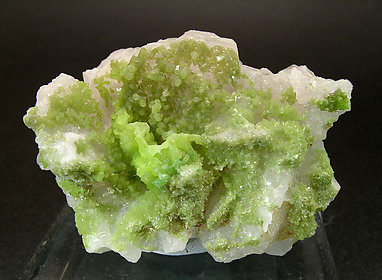 |
||||
| Pyromorphite | |||||||||
|---|---|---|---|---|---|---|---|---|---|
|
| ||||||||
| Cuprite | |||||
|---|---|---|---|---|---|
| 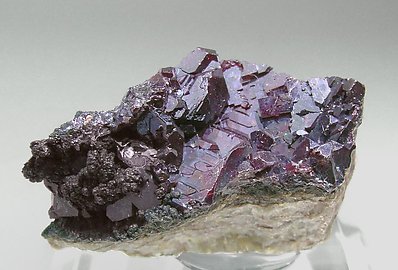 |
||||
| Cuprite | ||||||||
|---|---|---|---|---|---|---|---|---|
|
| |||||||
| Cuprite with Copper | ||||||||
|---|---|---|---|---|---|---|---|---|
|
|
|||||||
| Chalcosiderite | |||||||||
|---|---|---|---|---|---|---|---|---|---|
|
| ||||||||
| Chalcosiderite with Quartz | |||||||||
|---|---|---|---|---|---|---|---|---|---|
|
|
||||||||
| Olivenite | ||||||||
|---|---|---|---|---|---|---|---|---|
|
| |||||||
| Olivenite | ||||||||
|---|---|---|---|---|---|---|---|---|
|
|
|||||||
| Olivenite with Malachite | ||||||||
|---|---|---|---|---|---|---|---|---|
|
| |||||||
| Liroconite | |||||||||
|---|---|---|---|---|---|---|---|---|---|
|
|
||||||||
| Twinned Bournonite with Quartz | |||||||||
|---|---|---|---|---|---|---|---|---|---|
|
| ||||||||
| Datolite | |||||||||
|---|---|---|---|---|---|---|---|---|---|
|
|
||||||||
| FSU |
| Crocoite with Vauquelinite and Quartz | |||||||||
|---|---|---|---|---|---|---|---|---|---|
|
| ||||||||
| Topaz | |||||
|---|---|---|---|---|---|
| 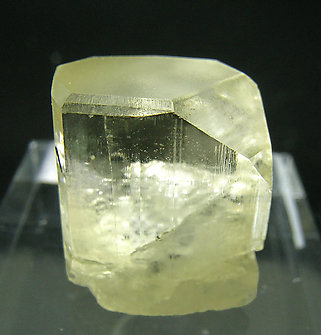 |
||||
| MOROCCO |
| Azurite | |||||||||
|---|---|---|---|---|---|---|---|---|---|
|
| ||||||||
| Azurite | |||||||||
|---|---|---|---|---|---|---|---|---|---|
|
|
||||||||
| Skutterudite | |||||
|---|---|---|---|---|---|
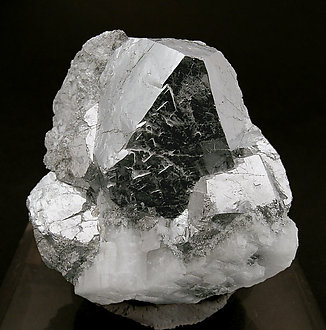 |
| ||||
| Skutterudite with Calcite | |||||
|---|---|---|---|---|---|
| 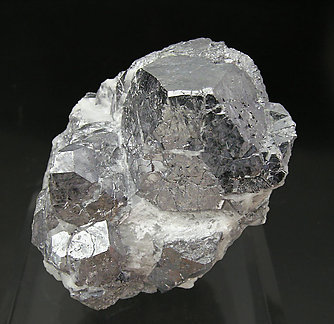 |
||||
| Erythrite | |||||||||
|---|---|---|---|---|---|---|---|---|---|
|
| ||||||||
| Erythrite with Quartz | |||||||||
|---|---|---|---|---|---|---|---|---|---|
|
|
||||||||
| Erythrite with Roselite and Skutterudite | |||||||||
|---|---|---|---|---|---|---|---|---|---|
|
| ||||||||
| Roselite with Calcite | |||||
|---|---|---|---|---|---|
| 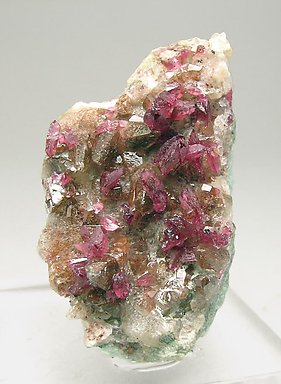 |
||||
| Roselite with Calcite | ||||||||
|---|---|---|---|---|---|---|---|---|
|
| |||||||
| Malachite with Quartz | |||||||||
|---|---|---|---|---|---|---|---|---|---|
|
|
||||||||
| AFRICA |
| Rhodochrosite with Gypsum | |||||||||
|---|---|---|---|---|---|---|---|---|---|
|
| ||||||||
| Plancheite with Chrysocolla | |||||
|---|---|---|---|---|---|
| 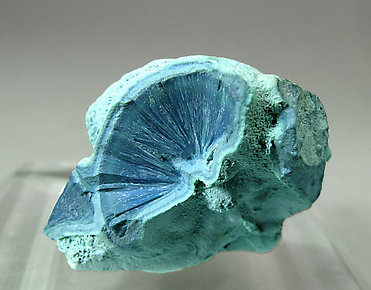 |
||||
| Plancheite with Malachite | |||||
|---|---|---|---|---|---|
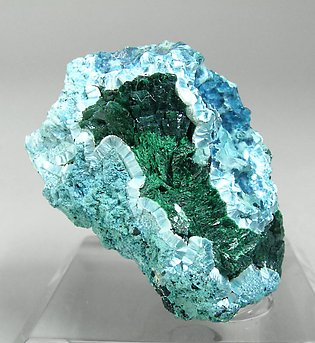 |
| ||||
| Chalcocite | |||||
|---|---|---|---|---|---|
| 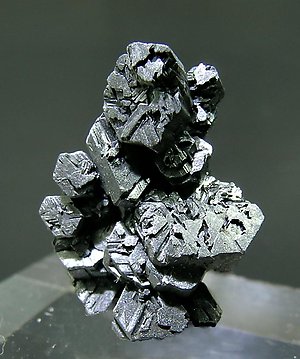 |
||||
| Chalcocite | |||||
|---|---|---|---|---|---|
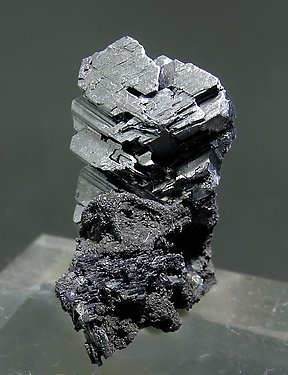 |
| ||||
| Hopeite | |||||||||
|---|---|---|---|---|---|---|---|---|---|
|
|
||||||||
| Hopeite with Smithsonite | ||||||||
|---|---|---|---|---|---|---|---|---|
|
| |||||||
| Parahopeite | |||||||||
|---|---|---|---|---|---|---|---|---|---|
|
|
||||||||
| Descloizite with Calcite | |||||||||
|---|---|---|---|---|---|---|---|---|---|
|
| ||||||||
| Descloizite | ||||||||
|---|---|---|---|---|---|---|---|---|
|
|
|||||||
| Descloizite | |||||||||
|---|---|---|---|---|---|---|---|---|---|
|
| ||||||||
| Descloizite | |||||||||
|---|---|---|---|---|---|---|---|---|---|
|
|
||||||||
| Descloizite | |||||||||
|---|---|---|---|---|---|---|---|---|---|
|
| ||||||||
| Descloizite | |||||||||
|---|---|---|---|---|---|---|---|---|---|
|
|
||||||||
| Smithsonite | ||||||||
|---|---|---|---|---|---|---|---|---|
|
| |||||||
| Smithsonite with Descloizite | |||||||||
|---|---|---|---|---|---|---|---|---|---|
|
|
||||||||
| Betafite Group | |||||||||
|---|---|---|---|---|---|---|---|---|---|
|
| ||||||||
| Betafite Group | |||||||||
|---|---|---|---|---|---|---|---|---|---|
|
|
||||||||
| Betafite Group | |||||||||
|---|---|---|---|---|---|---|---|---|---|
|
| ||||||||
| Betafite Group | |||||||||
|---|---|---|---|---|---|---|---|---|---|
|
|
||||||||
| Twinned Cerussite | |||||
|---|---|---|---|---|---|
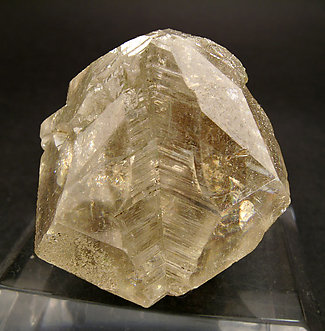 |
| ||||
| Cerussite | |||||
|---|---|---|---|---|---|
| 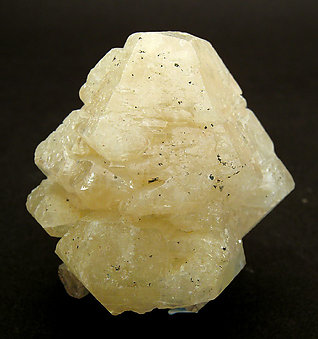 |
||||
| Cerussite with Duftite | |||||
|---|---|---|---|---|---|
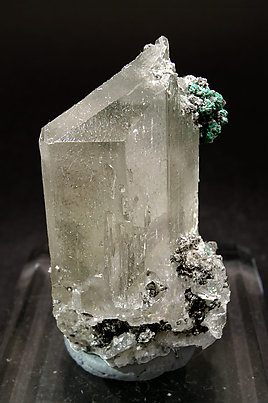 |
| ||||
| Cerussite | |||||||||
|---|---|---|---|---|---|---|---|---|---|
|
|
||||||||
| Twinned Cerussite | |||||||||
|---|---|---|---|---|---|---|---|---|---|
|
| ||||||||
| Cerussite with Smithsonite | |||||||||
|---|---|---|---|---|---|---|---|---|---|
|
|
||||||||
| Cerussite with Smithsonite and Azurite | |||||||||
|---|---|---|---|---|---|---|---|---|---|
|
| ||||||||
| Azurite | |||||||||
|---|---|---|---|---|---|---|---|---|---|
|
|
||||||||
| Azurite with Cerussite | |||||||||
|---|---|---|---|---|---|---|---|---|---|
|
| ||||||||
| Malachite | |||||||||
|---|---|---|---|---|---|---|---|---|---|
|
|
||||||||
| Dioptase with Calcite | |||||||||
|---|---|---|---|---|---|---|---|---|---|
|
| ||||||||
| Dioptase with Smithsonite | |||||
|---|---|---|---|---|---|
| 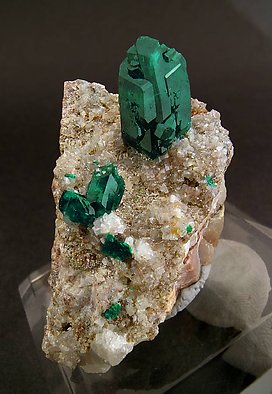 |
||||
| Dioptase with Calcite | |||||
|---|---|---|---|---|---|
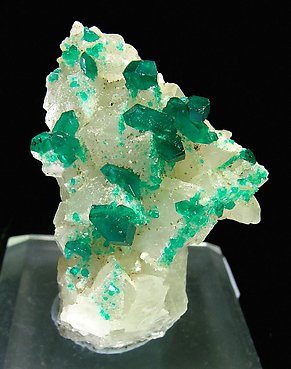 |
| ||||
| Dioptase with Calcite | |||||||||
|---|---|---|---|---|---|---|---|---|---|
|
|
||||||||
| Dioptase with Calcite | |||||||||
|---|---|---|---|---|---|---|---|---|---|
|
| ||||||||
| Dioptase with Calcite | ||||||||
|---|---|---|---|---|---|---|---|---|
|
|
|||||||
| Dioptase on Calcite | |||||||||
|---|---|---|---|---|---|---|---|---|---|
|
| ||||||||
| Dioptase with Calcite | |||||||||
|---|---|---|---|---|---|---|---|---|---|
|
|
||||||||
| Dioptase with Calcite | ||||||||
|---|---|---|---|---|---|---|---|---|
|
| |||||||
| Mottramite with Calcite | ||||||||
|---|---|---|---|---|---|---|---|---|
|
|
|||||||
| Duftite with Calcite | |||||||||
|---|---|---|---|---|---|---|---|---|---|
|
| ||||||||
| Smithsonite | |||||||||
|---|---|---|---|---|---|---|---|---|---|
|
|
||||||||
| Smithsonite | |||||||||
|---|---|---|---|---|---|---|---|---|---|
|
| ||||||||
| Smithsonite | |||||||||
|---|---|---|---|---|---|---|---|---|---|
|
|
||||||||
| Smithsonite with Galena | |||||||||
|---|---|---|---|---|---|---|---|---|---|
|
| ||||||||
| Smithsonite | |||||||||
|---|---|---|---|---|---|---|---|---|---|
|
|
||||||||
| Smithsonite | ||||||||
|---|---|---|---|---|---|---|---|---|
|
| |||||||
| Smithsonite (variety cuprian) | |||||
|---|---|---|---|---|---|
| 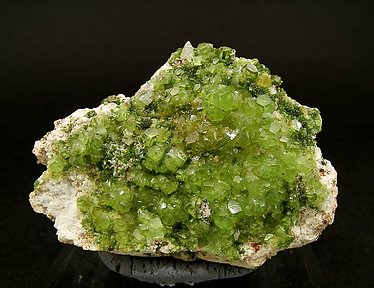 |
||||
| Smithsonite (variety cuprian) | |||||
|---|---|---|---|---|---|
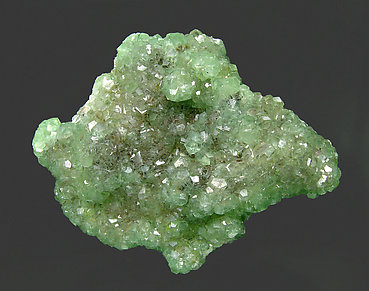 |
| ||||
| Smithsonite (variety cuprian) with Calcite | |||||||||
|---|---|---|---|---|---|---|---|---|---|
|
|
||||||||
| Smithsonite (variety cuprian) | |||||||||
|---|---|---|---|---|---|---|---|---|---|
|
| ||||||||
| Smithsonite with Cuprite inclusions | |||||||||
|---|---|---|---|---|---|---|---|---|---|
|
|
||||||||
| Smithsonite with Cuprite inclusions | |||||||||
|---|---|---|---|---|---|---|---|---|---|
|
| ||||||||
| Smithsonite with Cuprite inclusions | |||||||||
|---|---|---|---|---|---|---|---|---|---|
|
|
||||||||
| Smithsonite with Cuprite inclusions | |||||||||
|---|---|---|---|---|---|---|---|---|---|
|
| ||||||||
| Smithsonite with Cuprite inclusions | ||||||||
|---|---|---|---|---|---|---|---|---|
|
|
|||||||
| Smithsonite with Cuprite inclusions | |||||||||
|---|---|---|---|---|---|---|---|---|---|
|
| ||||||||
| Smithsonite with Cuprite inclusions | |||||||||
|---|---|---|---|---|---|---|---|---|---|
|
|
||||||||
| Smithsonite with Cuprite inclusions | |||||||||
|---|---|---|---|---|---|---|---|---|---|
|
| ||||||||
| Smithsonite (cadmium rich) | |||||||||
|---|---|---|---|---|---|---|---|---|---|
|
|
||||||||
| Mimetite with Dolomite | |||||
|---|---|---|---|---|---|
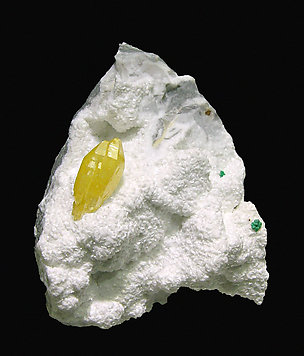 |
| ||||
| Mimetite with Duftite | |||||
|---|---|---|---|---|---|
| 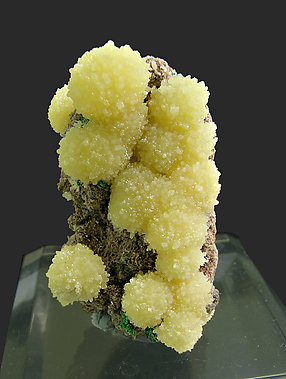 |
||||
| Mimetite with Malachite | |||||||||
|---|---|---|---|---|---|---|---|---|---|
|
| ||||||||
| Wulfenite with Mimetite and Calcite | |||||||||
|---|---|---|---|---|---|---|---|---|---|
|
|
||||||||
| Wulfenite with Dolomite | |||||
|---|---|---|---|---|---|
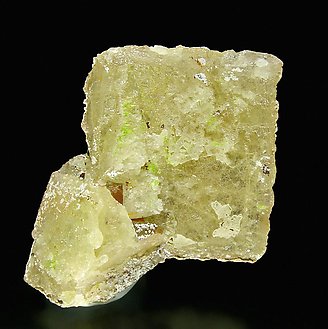 |
| ||||
| Copper with Cuprite and Calcite | ||||||||
|---|---|---|---|---|---|---|---|---|
|
|
|||||||
| Cuprite | |||||
|---|---|---|---|---|---|
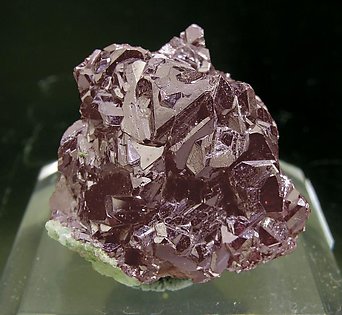 |
| ||||
| Cuprite | |||||
|---|---|---|---|---|---|
| 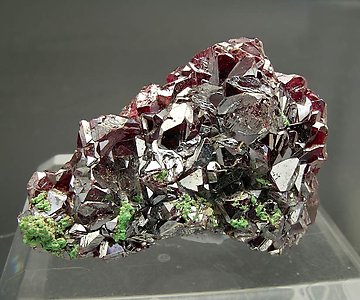 |
||||
| Cuprite with Calcite | |||||
|---|---|---|---|---|---|
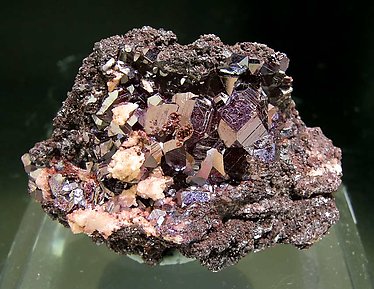 |
| ||||
| Cuprite with Malachite and Calcite | ||||||||
|---|---|---|---|---|---|---|---|---|
|
|
|||||||
| Cuprite with Calcite and Malachite | |||||||||
|---|---|---|---|---|---|---|---|---|---|
|
| ||||||||
| Cuprite with Wulfenite | |||||||||
|---|---|---|---|---|---|---|---|---|---|
|
|
||||||||
| Cuprite with Wulfenite and Dolomite | |||||||||
|---|---|---|---|---|---|---|---|---|---|
|
| ||||||||
| Calcite with Cuprite (variety chalcotrichite) | |||||||||
|---|---|---|---|---|---|---|---|---|---|
|
|
||||||||
| BRAZIL |
| Phenakite | |||||
|---|---|---|---|---|---|
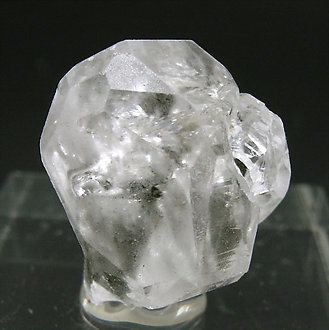 |
| ||||
| Phenakite | |||||
|---|---|---|---|---|---|
| 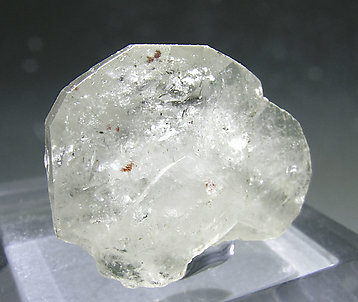 |
||||
| Titanite | |||||
|---|---|---|---|---|---|
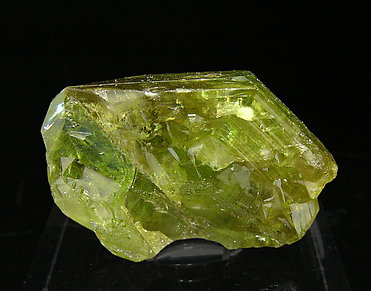 |
| ||||
| Titanite | |||||
|---|---|---|---|---|---|
| 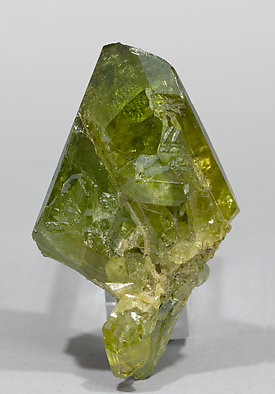 |
||||
| Rose Quartz | |||||
|---|---|---|---|---|---|
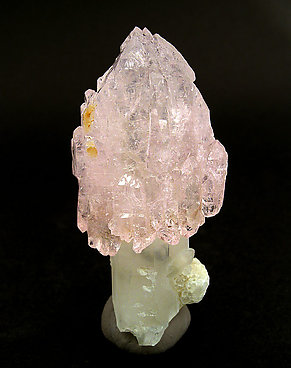 |
| ||||
| Rose Quartz on smoky Quartz and Muscovite | |||||||||
|---|---|---|---|---|---|---|---|---|---|
|
|
||||||||
| Doubly terminated Chrysoberyl | |||||||||
|---|---|---|---|---|---|---|---|---|---|
|
| ||||||||
| Doubly terminated Chrysoberyl | |||||
|---|---|---|---|---|---|
| 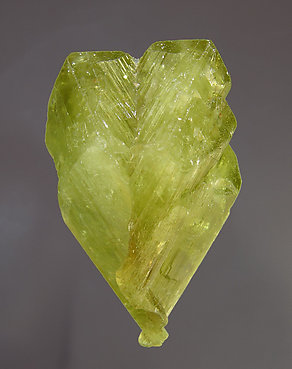 |
||||
| Elbaite "Watermelon" | |||||
|---|---|---|---|---|---|
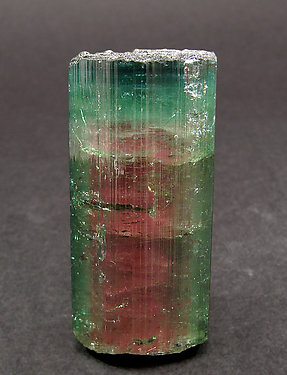 |
| ||||
| Elbaite "watermelon" | |||||||||
|---|---|---|---|---|---|---|---|---|---|
|
|
||||||||
| Elbaite "Watermelon" | |||||
|---|---|---|---|---|---|
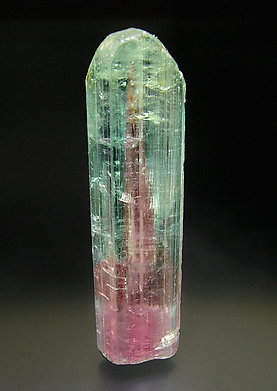 |
| ||||
| Elbaite (indicolite) | |||||
|---|---|---|---|---|---|
| 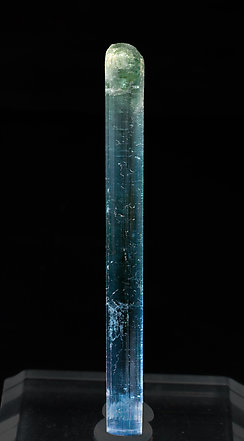 |
||||
| Elbaite (indicolite) | |||||||||
|---|---|---|---|---|---|---|---|---|---|
|
| ||||||||
| Elbaite (variety rubellite) with Albite | ||||||||
|---|---|---|---|---|---|---|---|---|
|
|
|||||||
| Beryl (variety aquamarine) with Albite | |||||||||
|---|---|---|---|---|---|---|---|---|---|
|
| ||||||||
| Spodumene | ||||||||
|---|---|---|---|---|---|---|---|---|
|
|
|||||||
| Spodumene (variety kunzite) | |||||||||
|---|---|---|---|---|---|---|---|---|---|
|
| ||||||||
| SOUTH AMERICA (excl. Brazil) |
| Paravauxite | |||||||||
|---|---|---|---|---|---|---|---|---|---|
|
|
||||||||
| Cylindrite | |||||
|---|---|---|---|---|---|
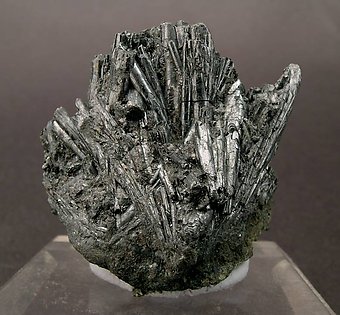 |
| ||||
| Copper | |||||||||
|---|---|---|---|---|---|---|---|---|---|
|
|
||||||||
| Acanthite | |||||
|---|---|---|---|---|---|
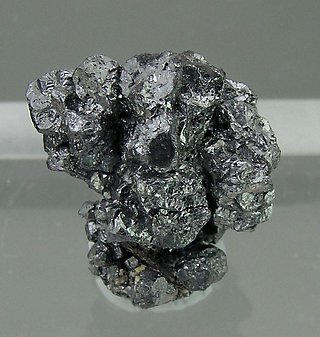 |
| ||||
| Acanthite | |||||
|---|---|---|---|---|---|
| 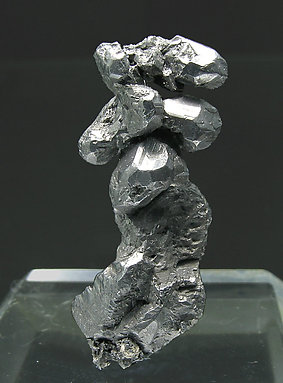 |
||||
| Rhodochrosite with Manganite | |||||||||
|---|---|---|---|---|---|---|---|---|---|
|
| ||||||||
| Rhodochrosite | |||||
|---|---|---|---|---|---|
| 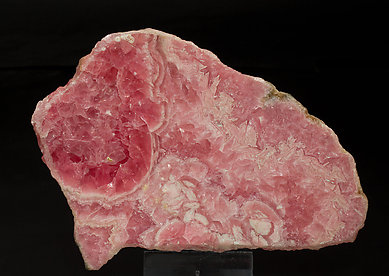 |
||||
| ASIA - AUSTRALIA |
| Pyromorphite with Galena | |||||||||
|---|---|---|---|---|---|---|---|---|---|
|
| ||||||||
| Molybdenite with Quartz | |||||
|---|---|---|---|---|---|
| 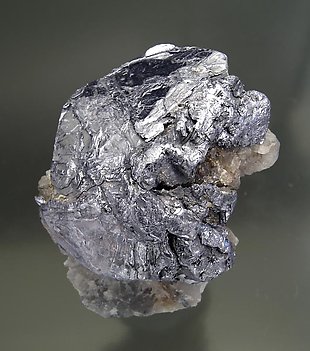 |
||||
| Scholzite | ||||||||
|---|---|---|---|---|---|---|---|---|
|
| |||||||
| Zircon | |||||
|---|---|---|---|---|---|
| 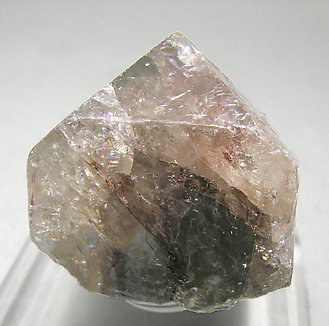 |
||||
| Népouite | |||||||||
|---|---|---|---|---|---|---|---|---|---|
|
| ||||||||
| Diopside | |||||||||
|---|---|---|---|---|---|---|---|---|---|
|
|
||||||||
| Diopside | |||||
|---|---|---|---|---|---|
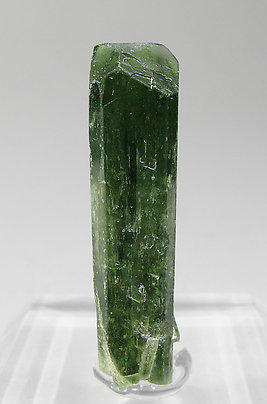 |
| ||||
| Diopside | |||||
|---|---|---|---|---|---|
| 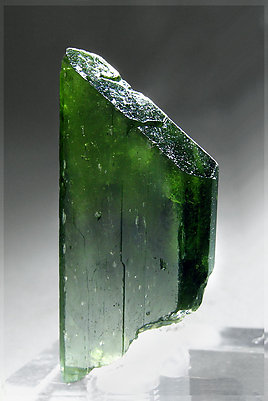 |
||||
| Corundum (variety ruby) | |||||
|---|---|---|---|---|---|
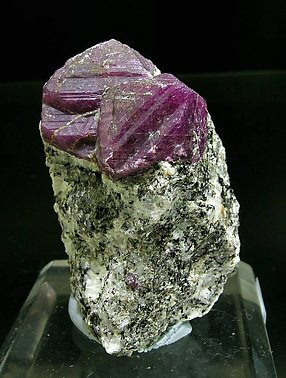 |
| ||||
| Axinite-(Fe) with Quartz pseudo Danburite | |||||
|---|---|---|---|---|---|
| 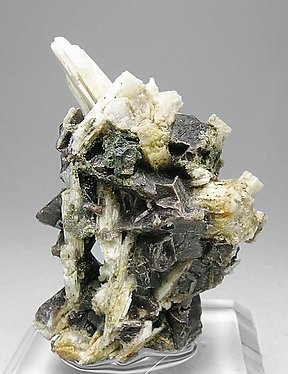 |
||||
| Molybdenite | ||||||||
|---|---|---|---|---|---|---|---|---|
|
| |||||||
| Quartz (variety amethyst) | |||||
|---|---|---|---|---|---|
| 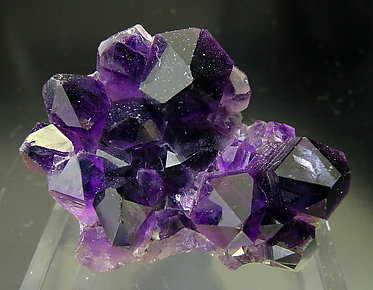 |
||||
| Smoky Quartz | |||||||||
|---|---|---|---|---|---|---|---|---|---|
|
| ||||||||
| Scheelite doubly terminated | |||||||||
|---|---|---|---|---|---|---|---|---|---|
|
|
||||||||
| Scheelite with Quartz and Dolomite | |||||||||
|---|---|---|---|---|---|---|---|---|---|
|
| ||||||||
| Previous Page |
|||||||||||||||||||||||||||
|
|||||||||||||||||||||||||||
|
|||||||||||||||||||||||||||